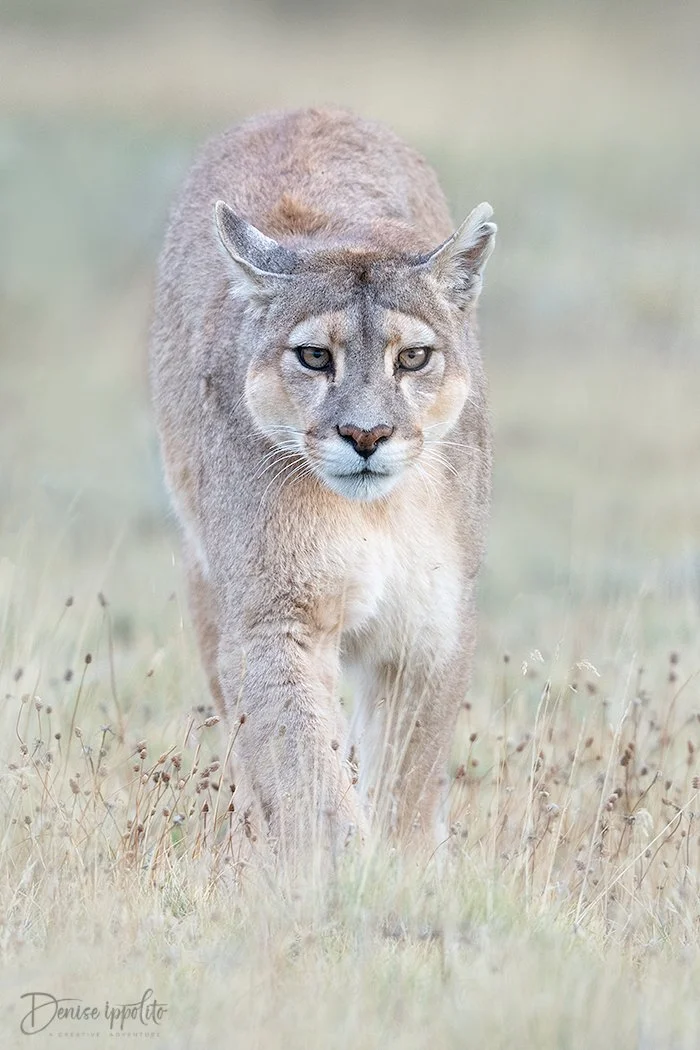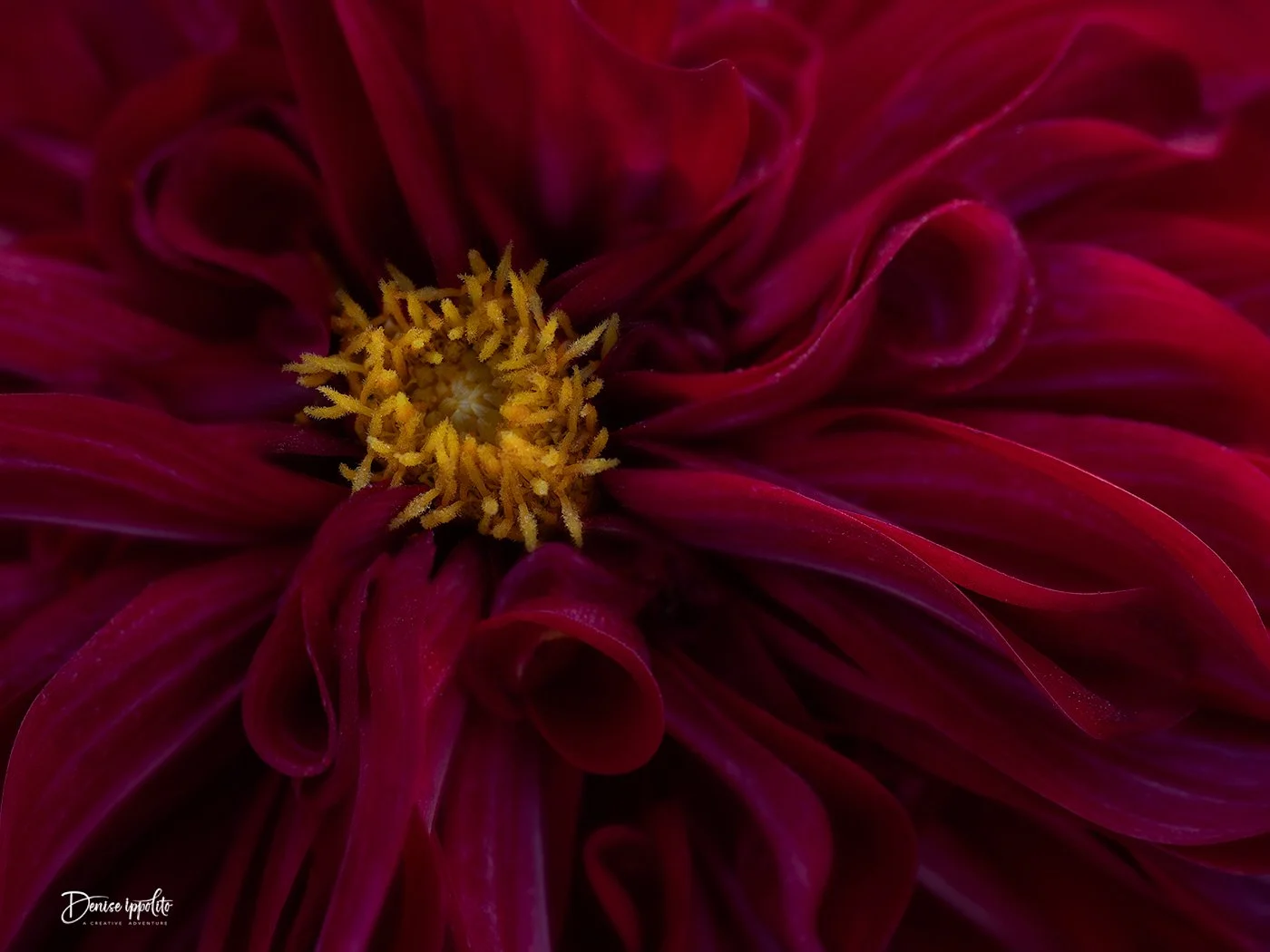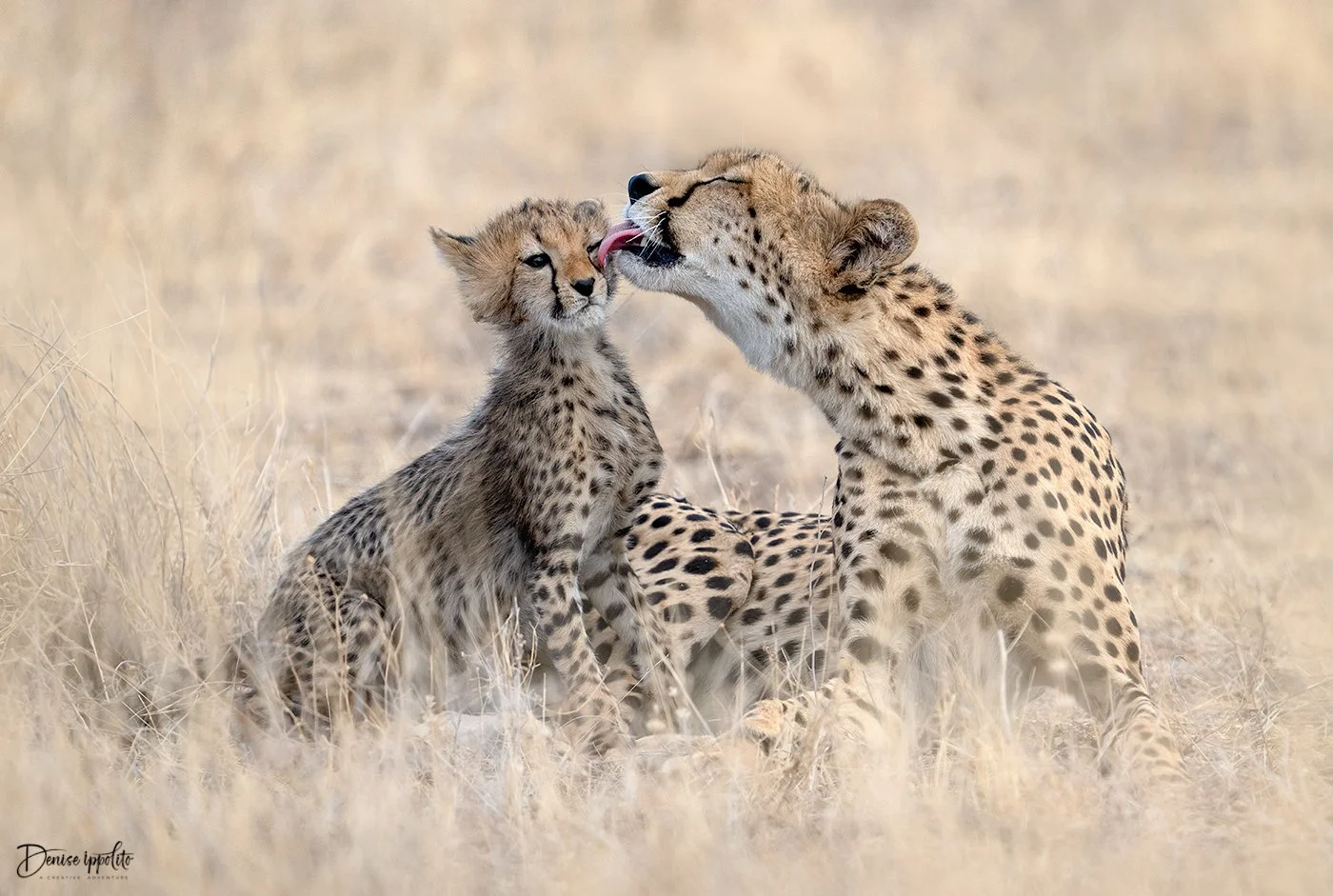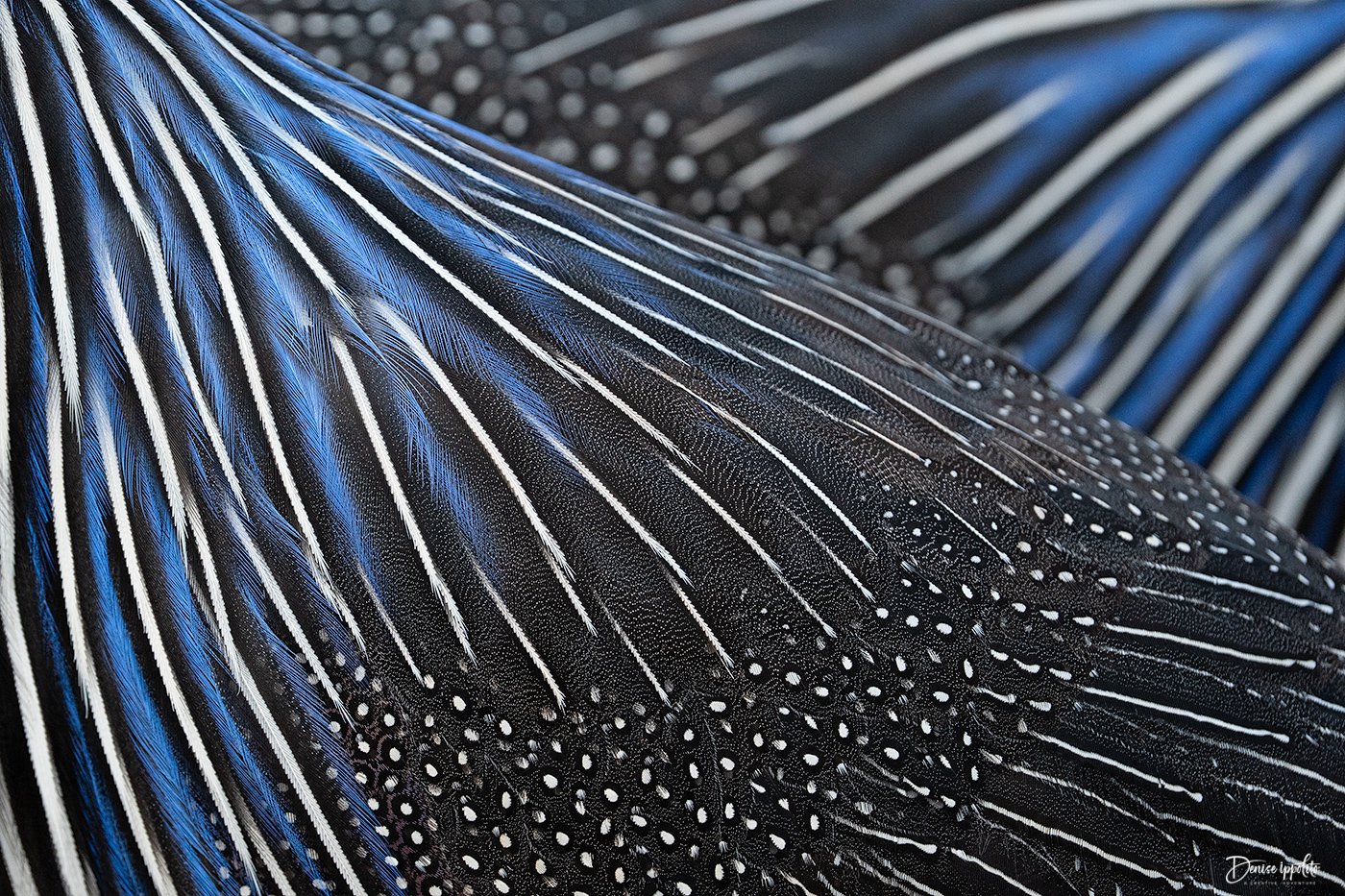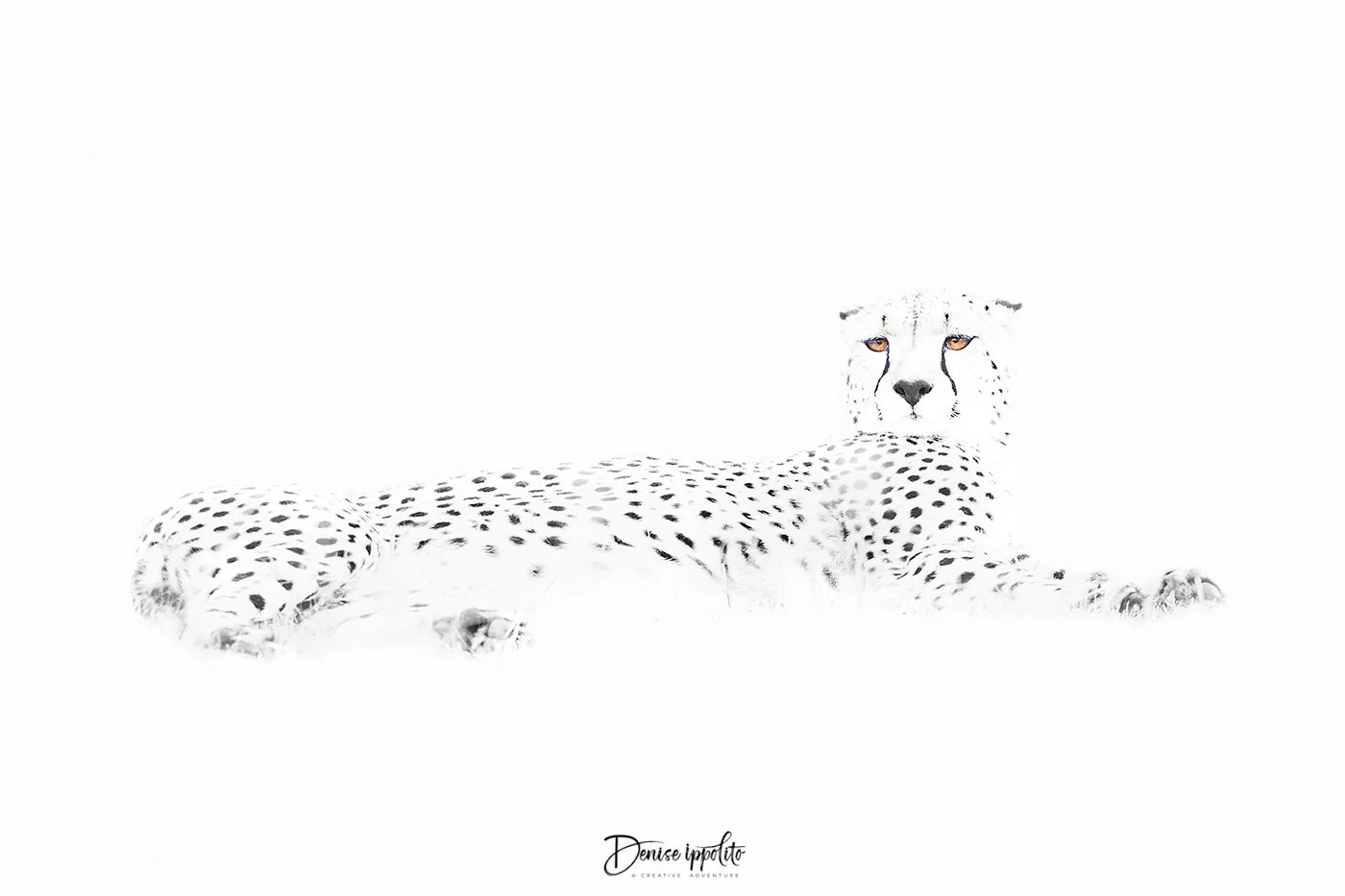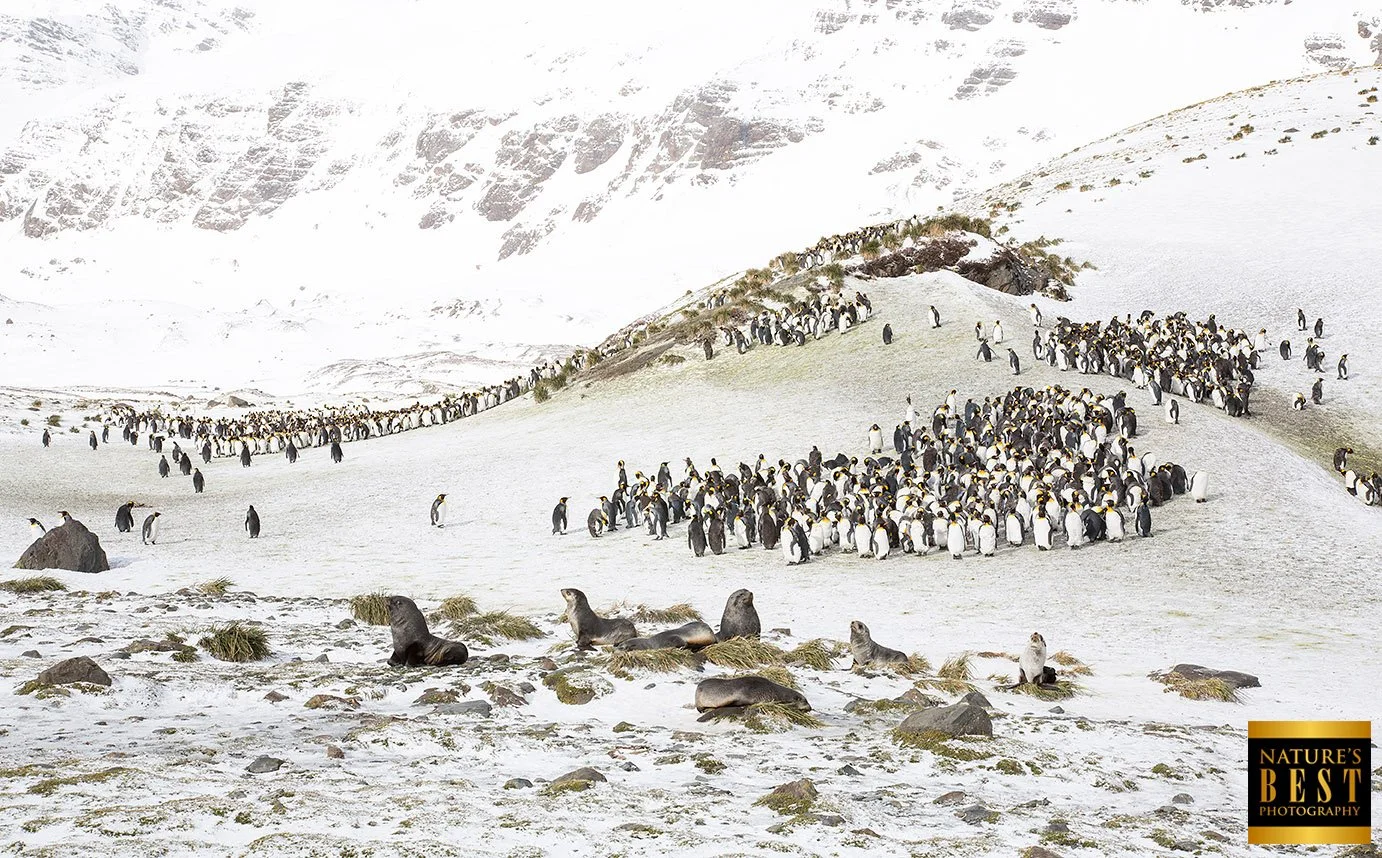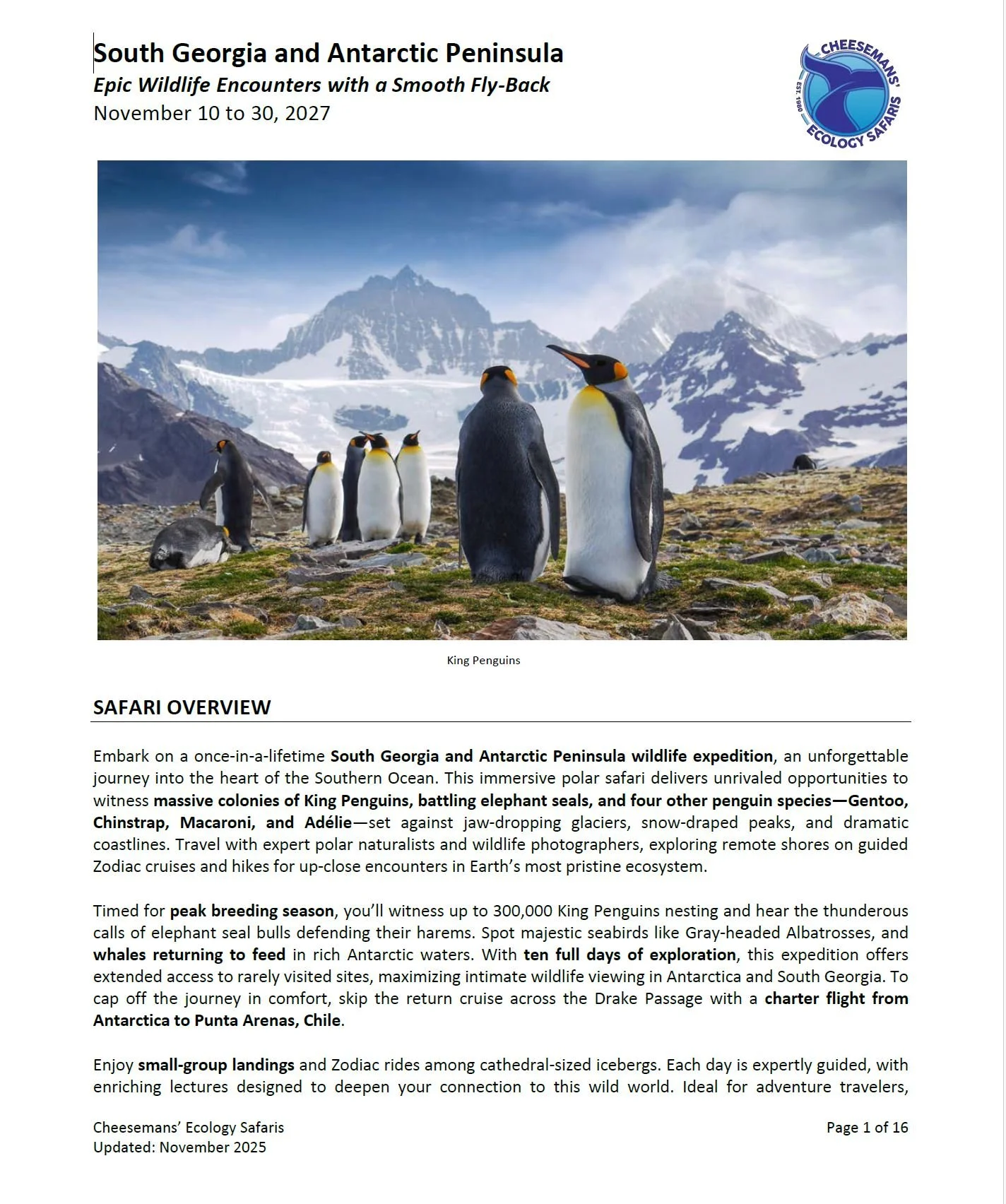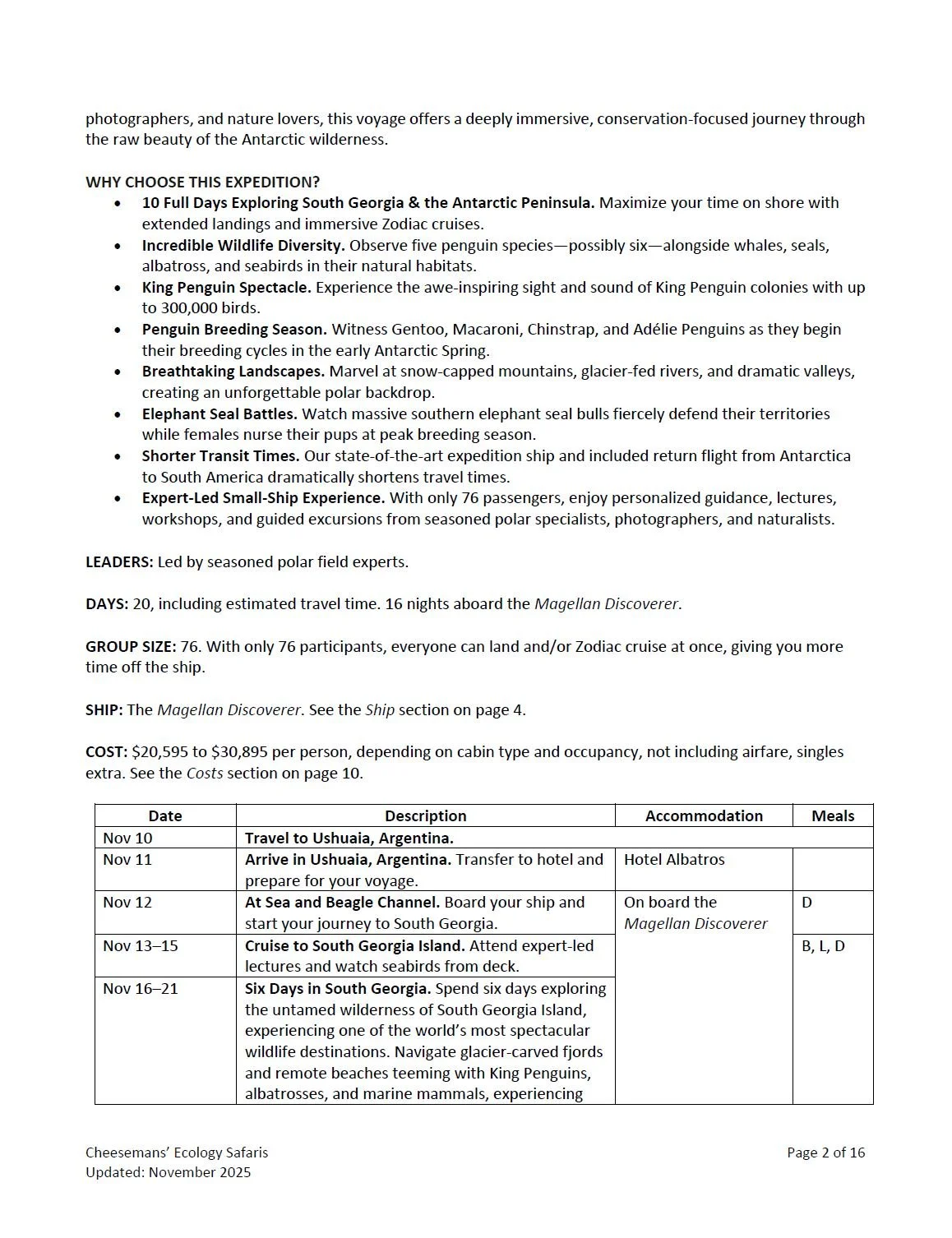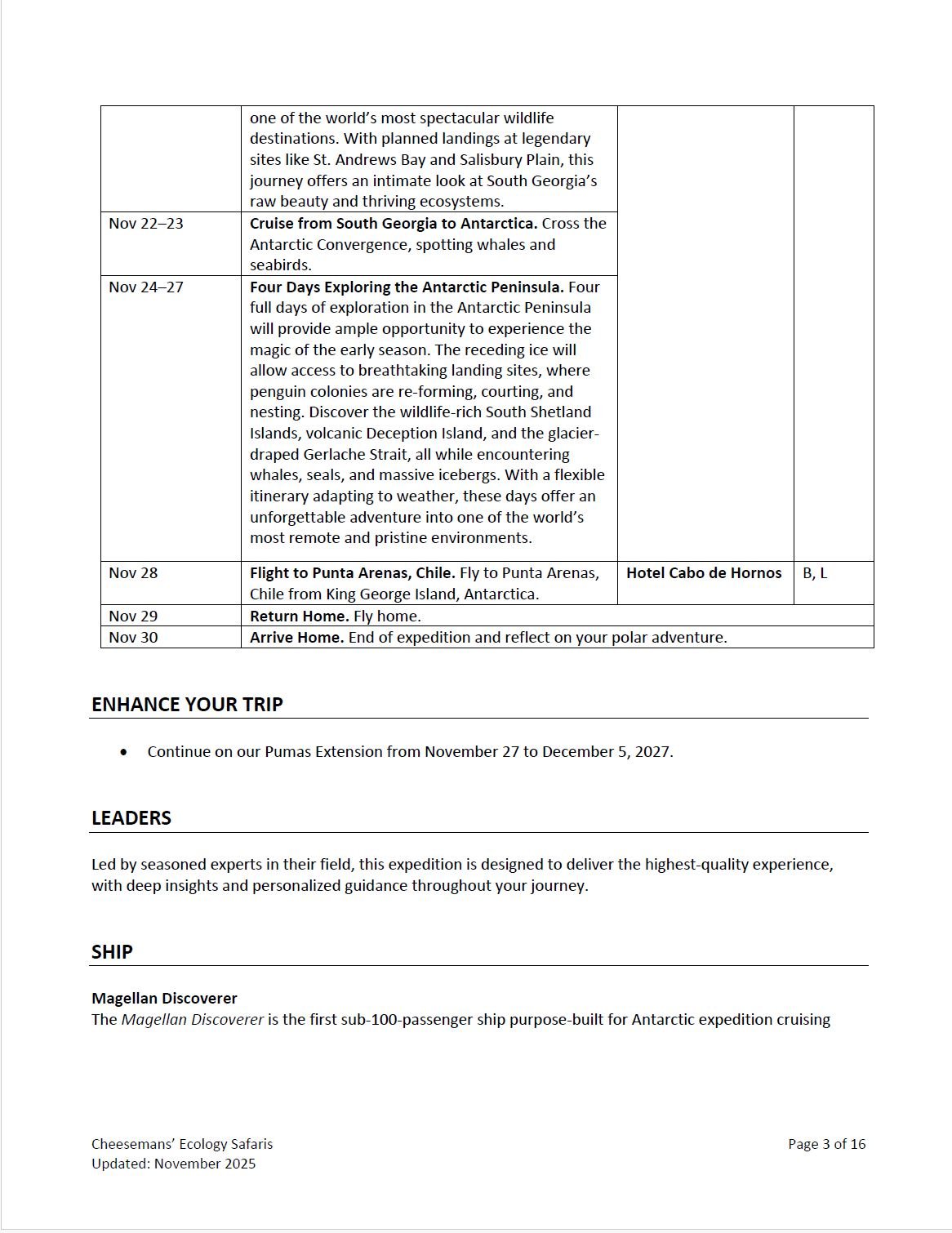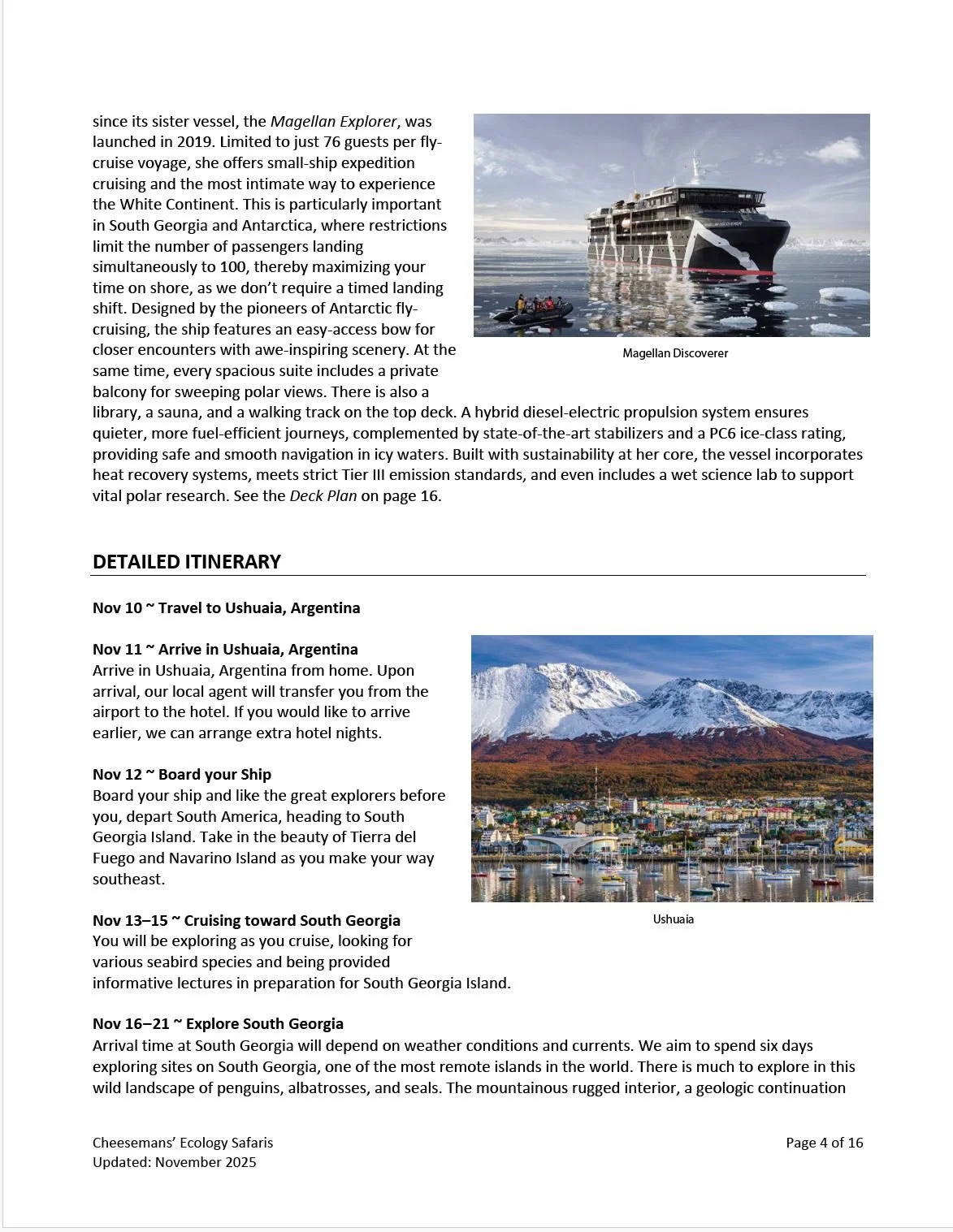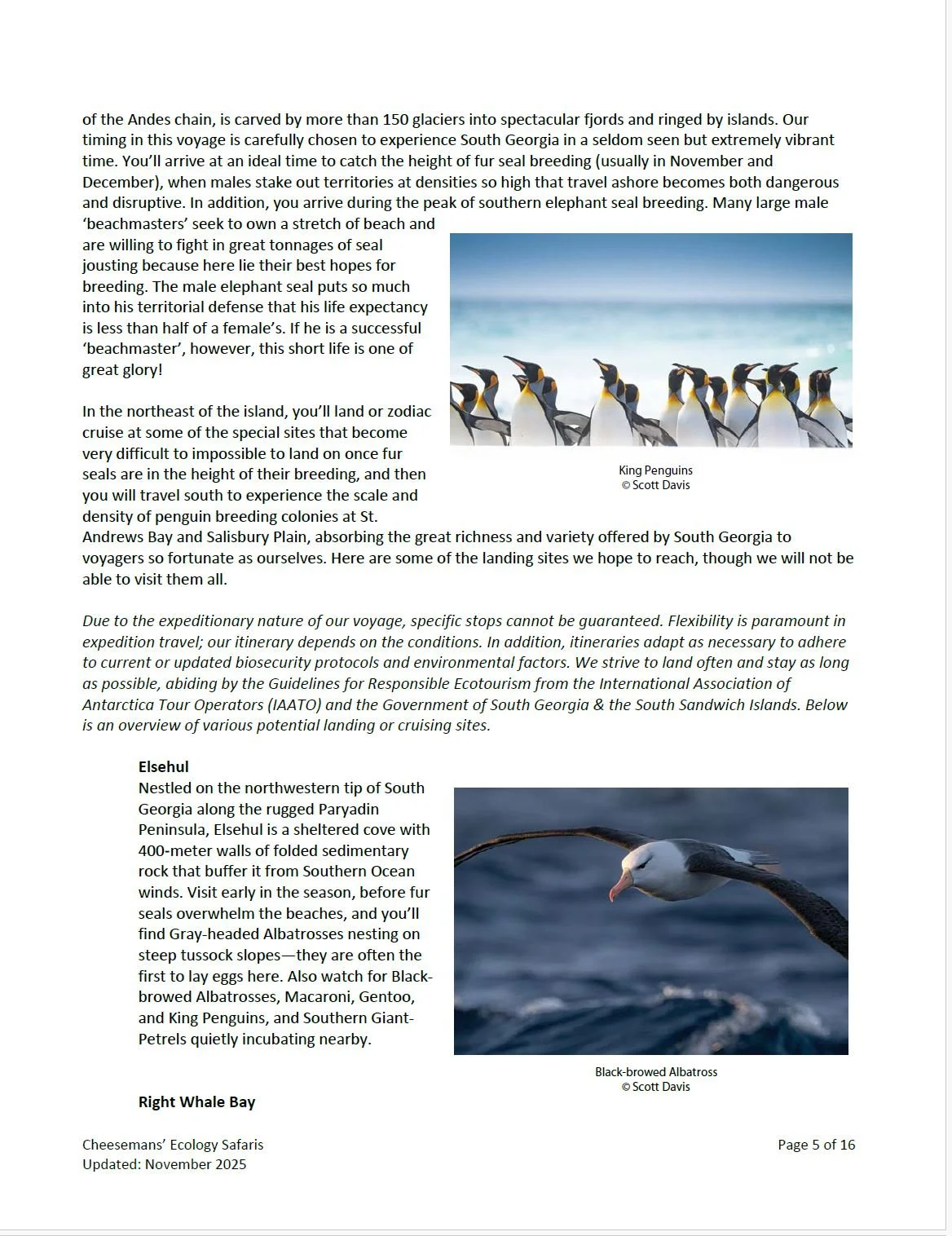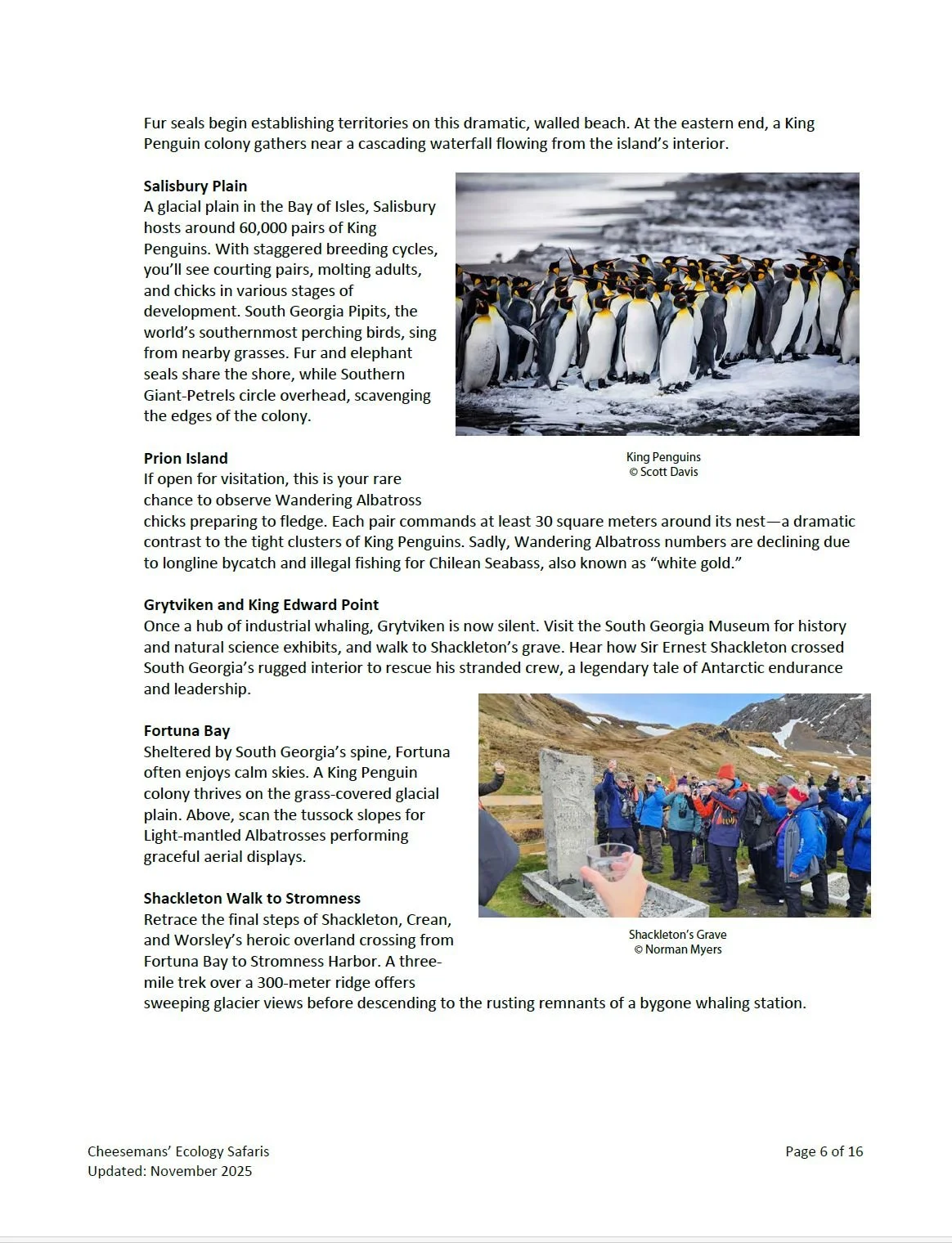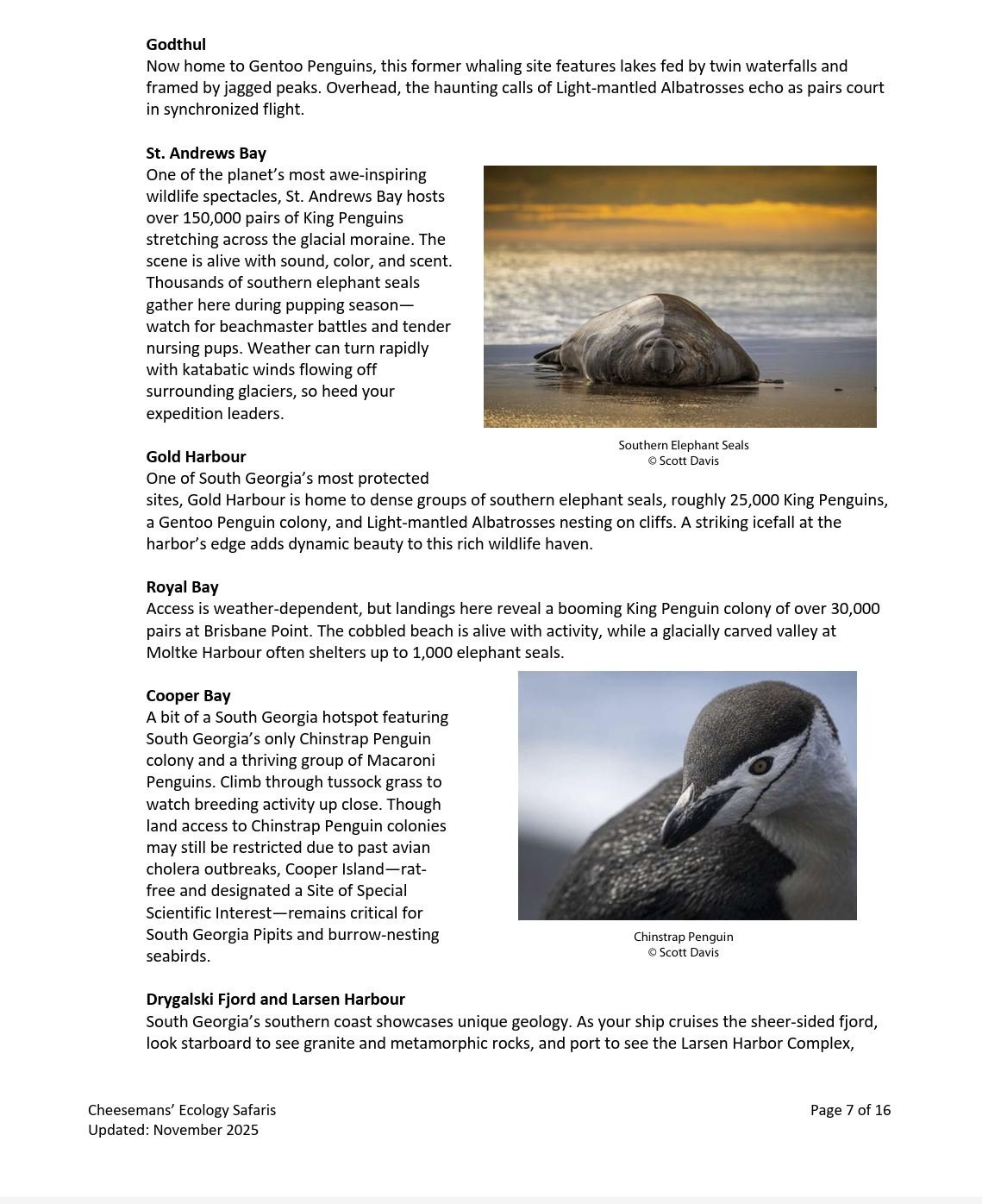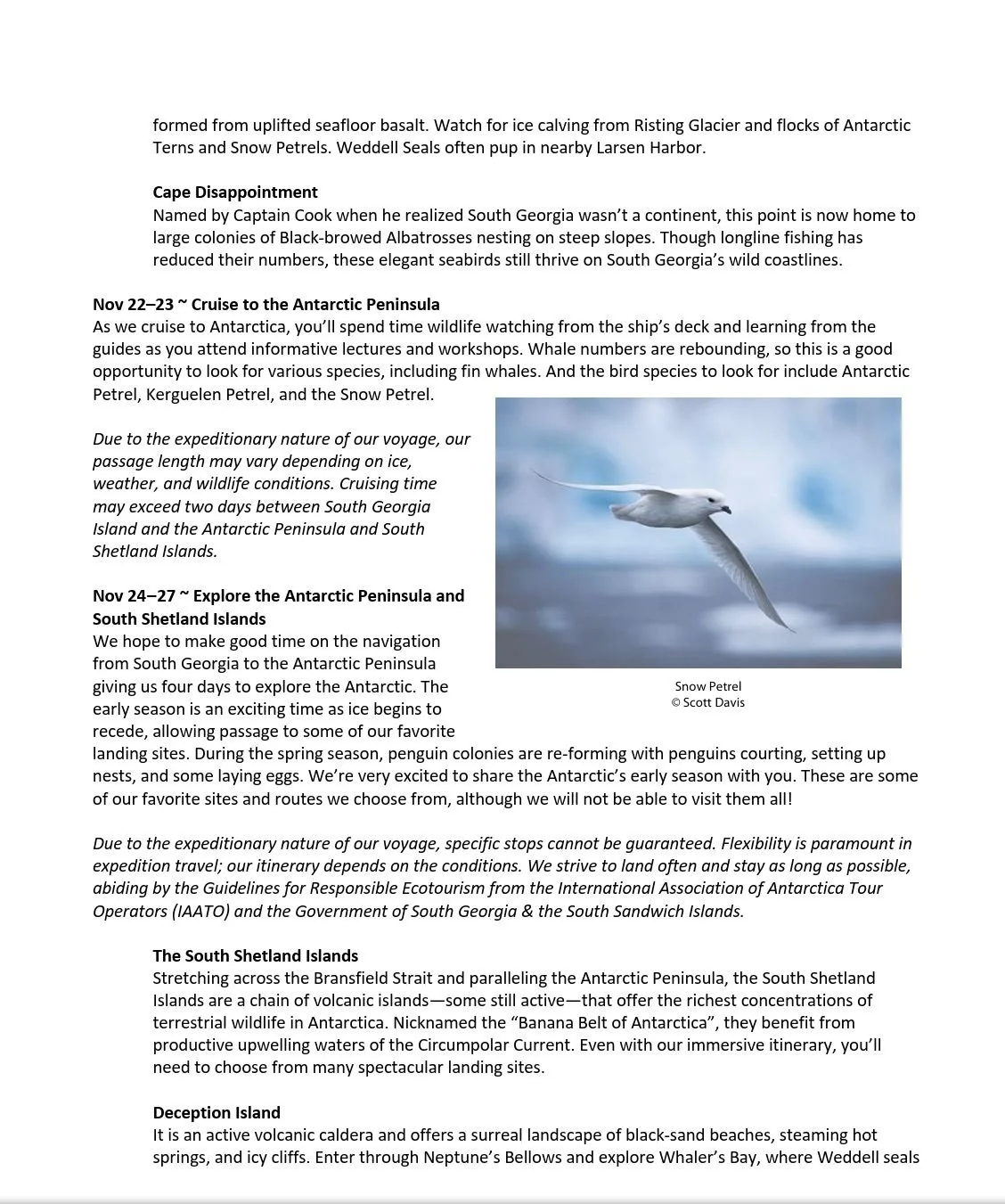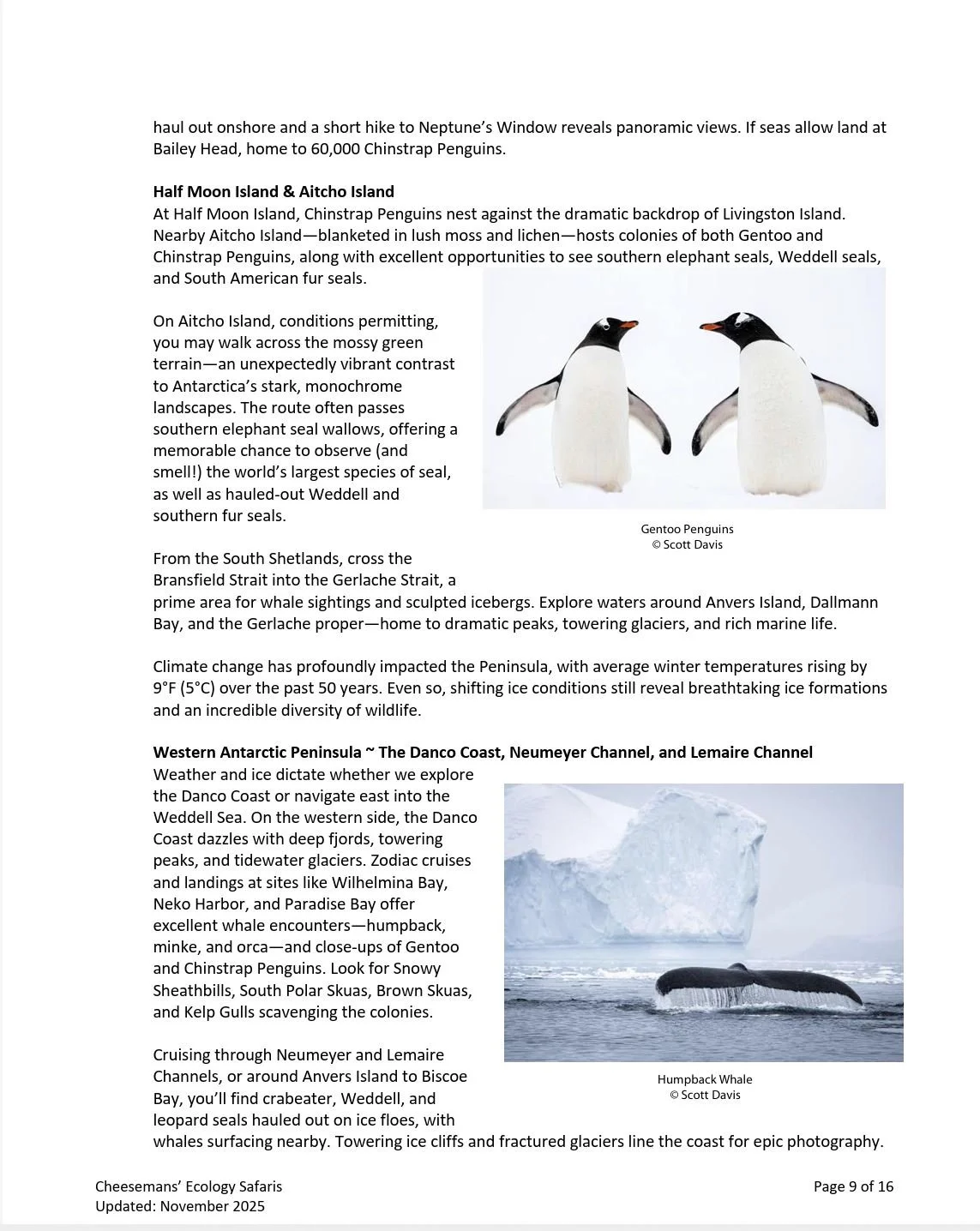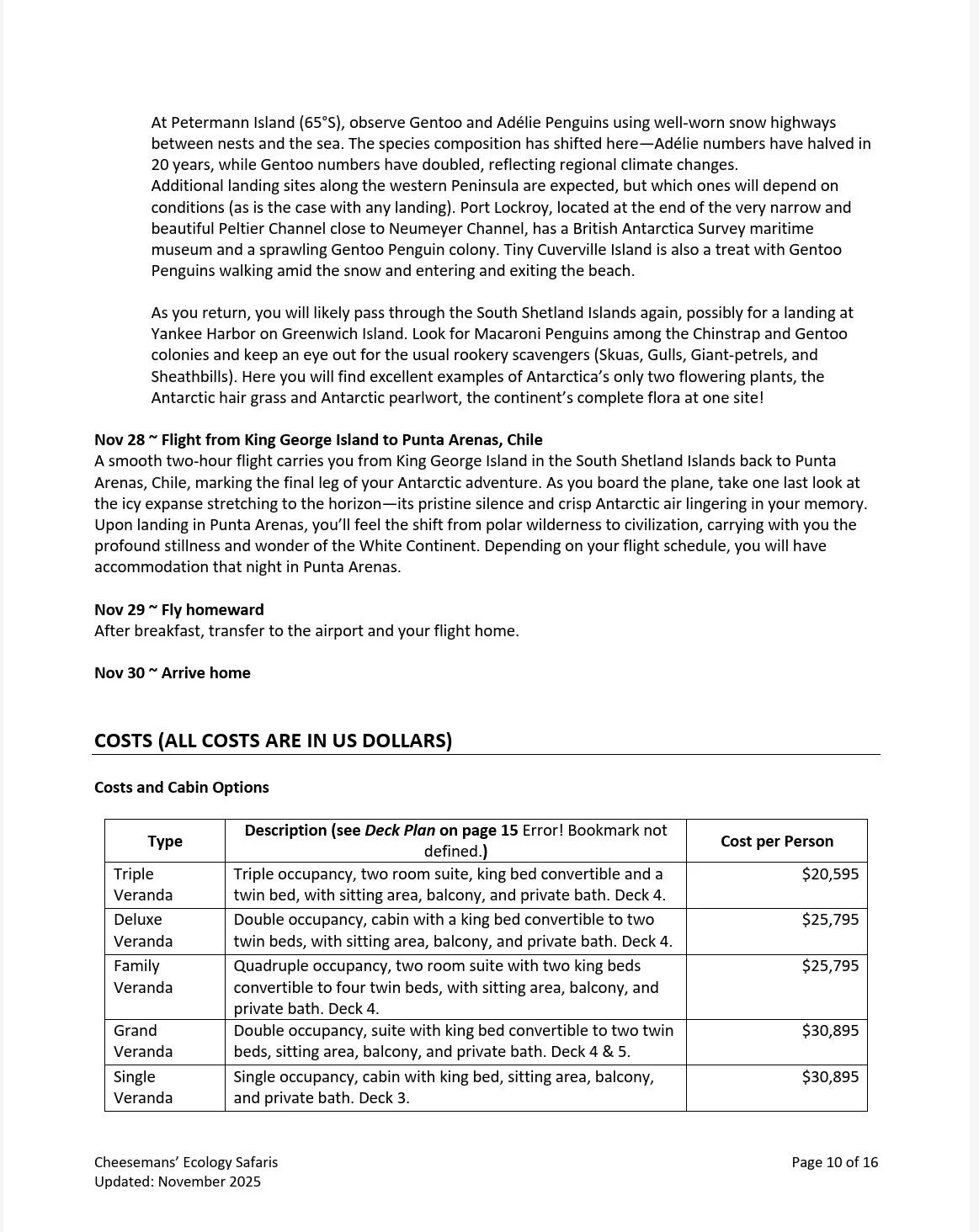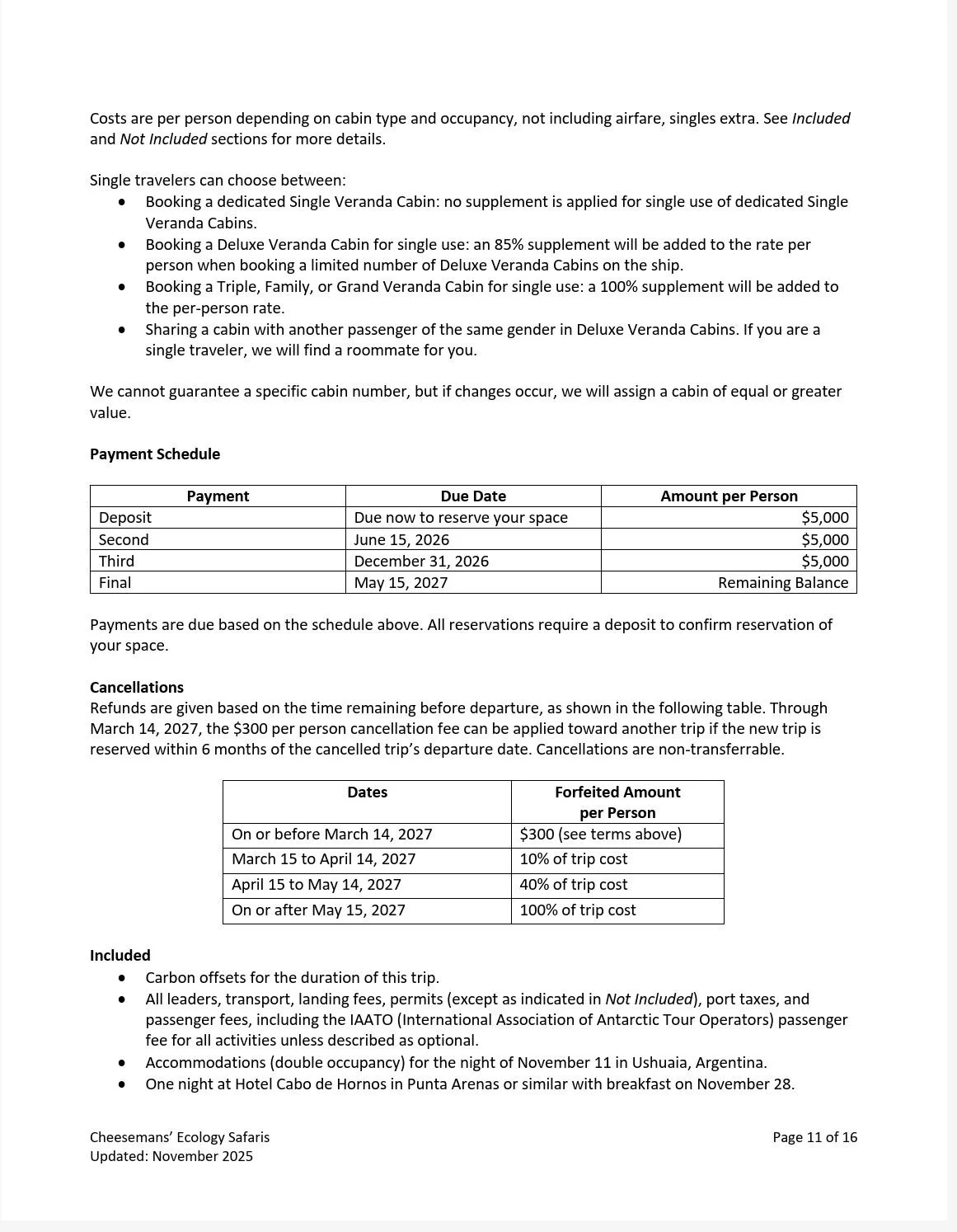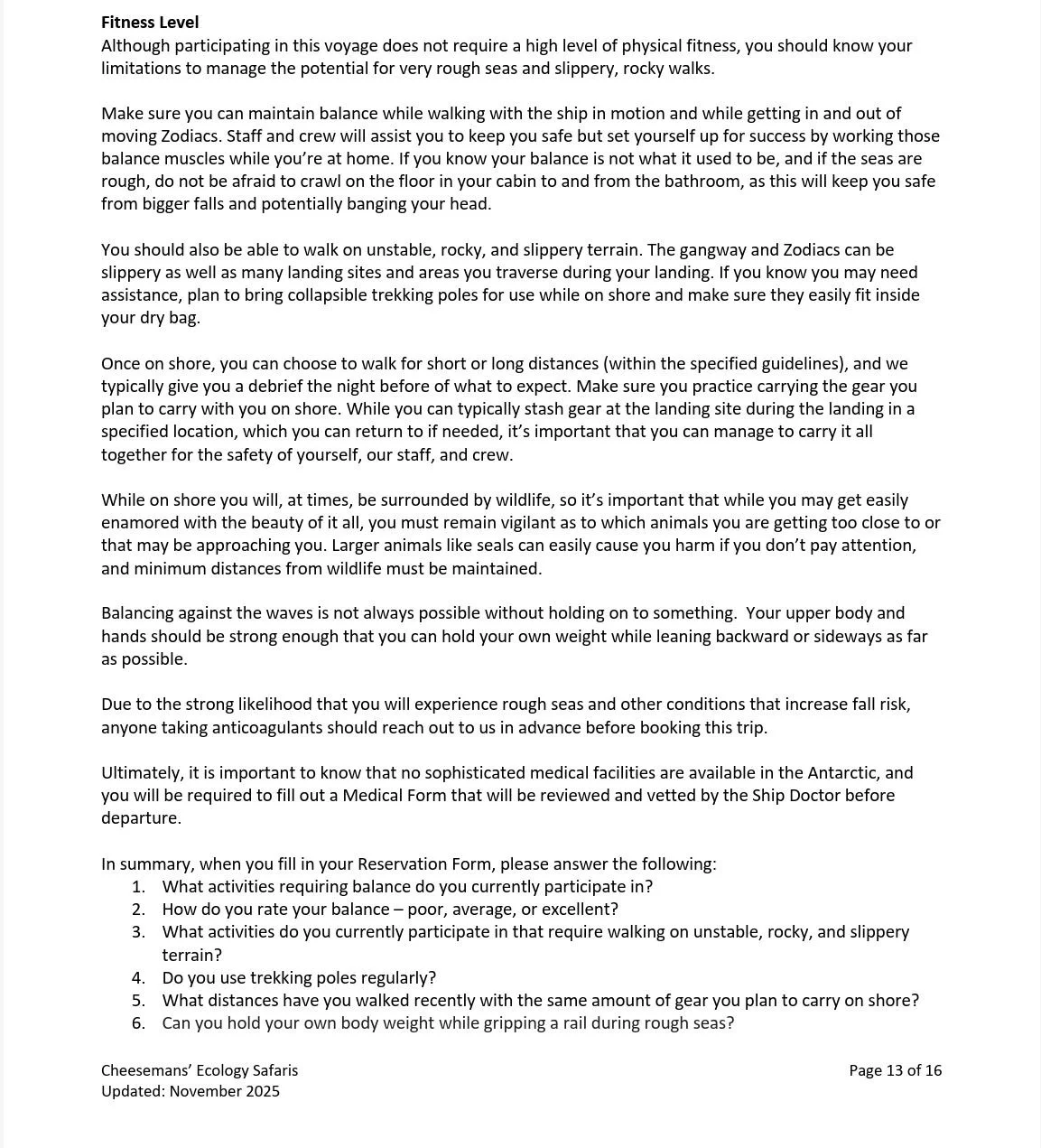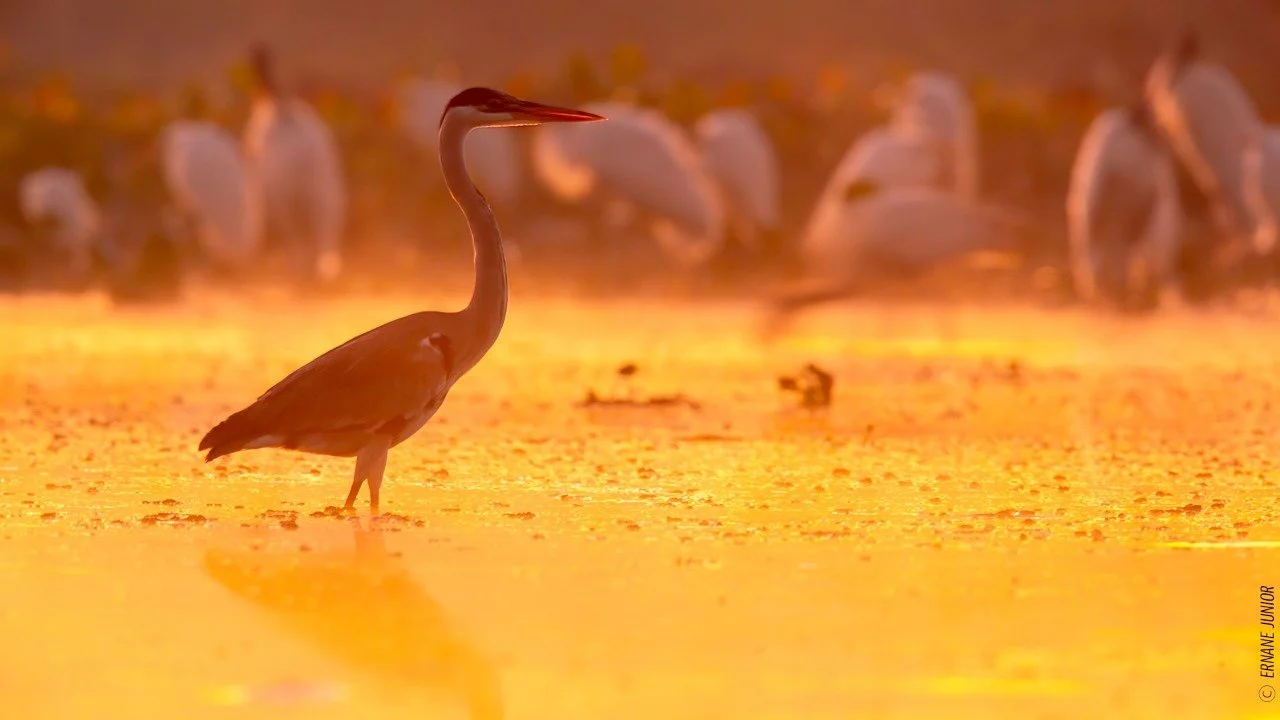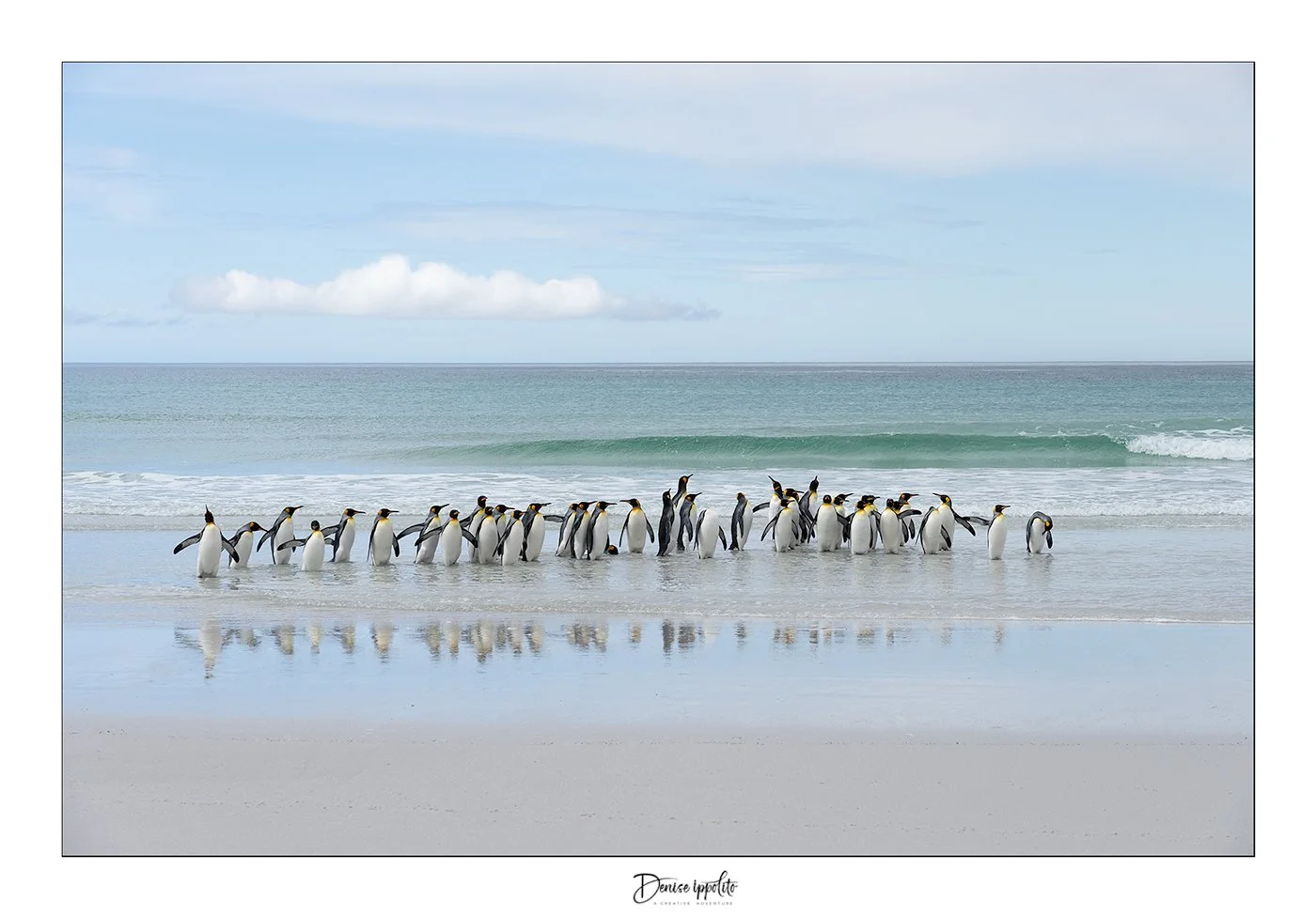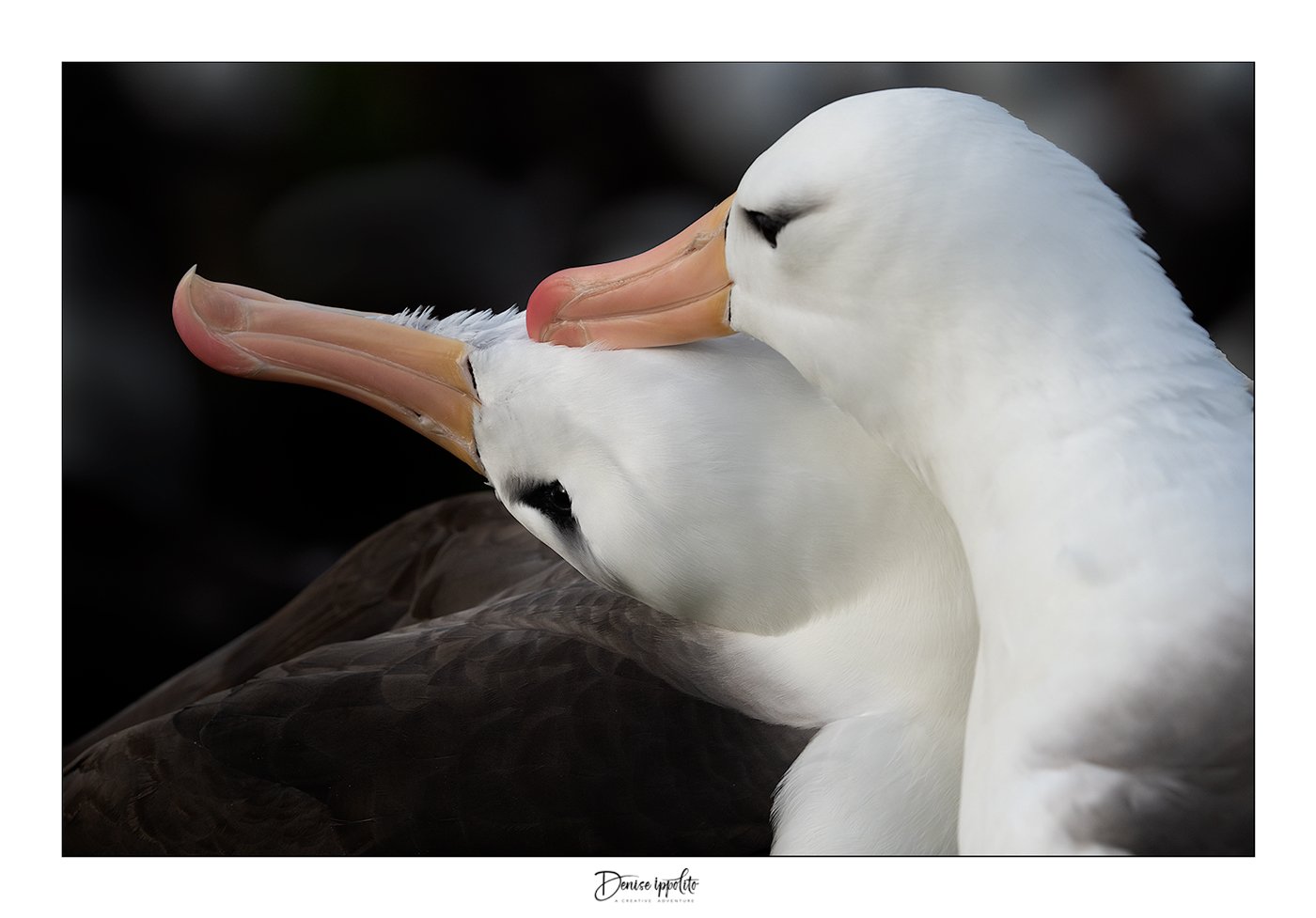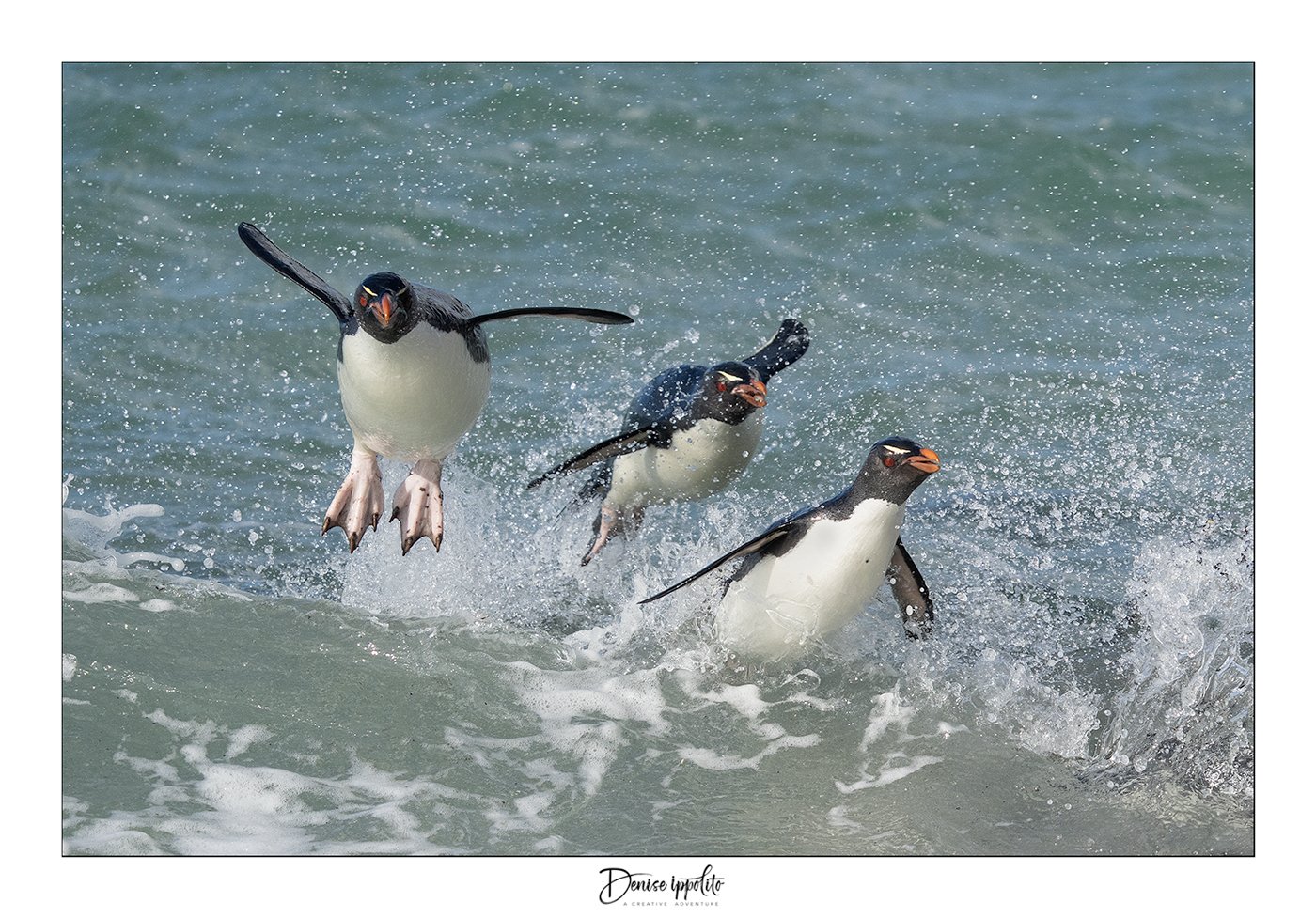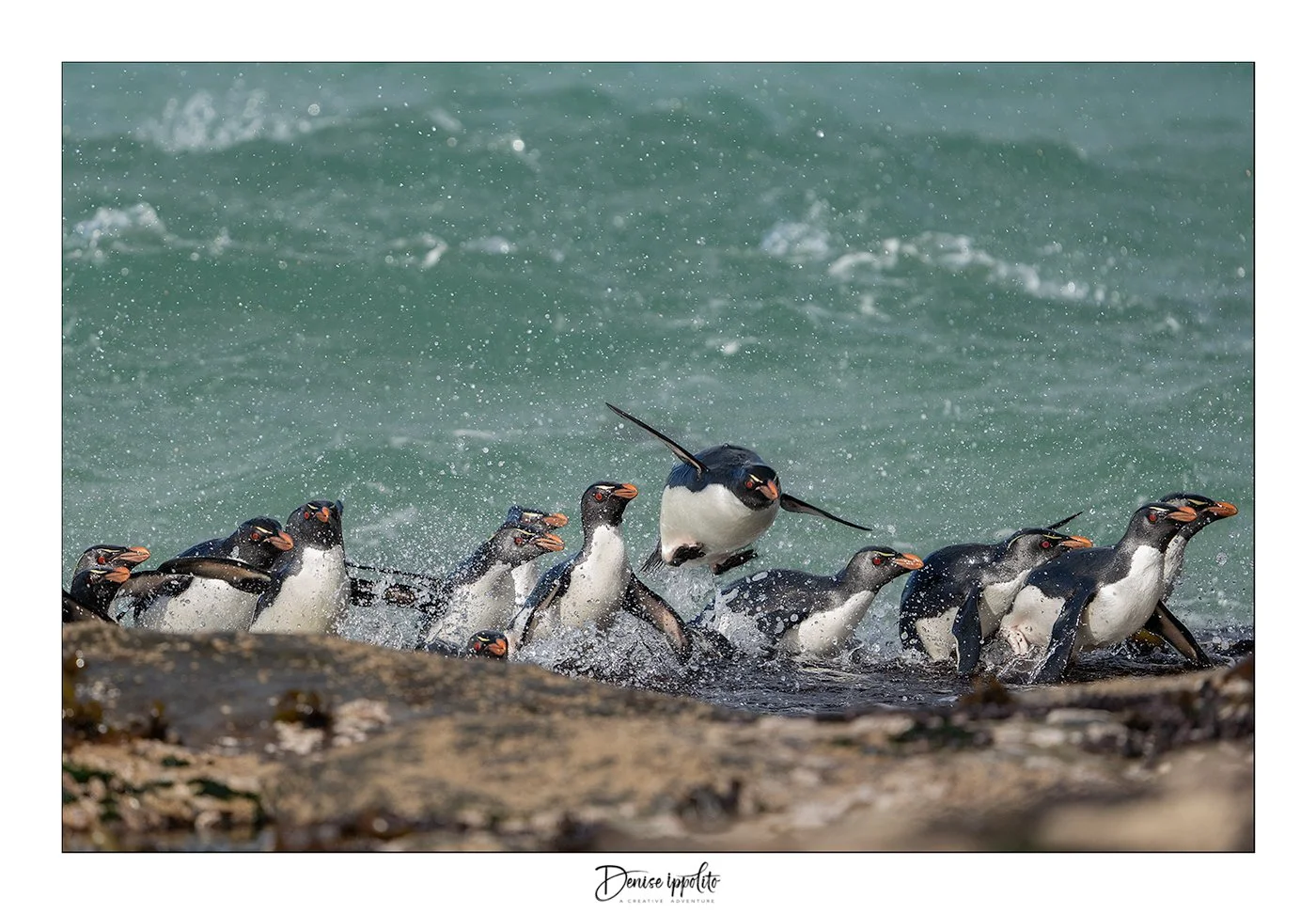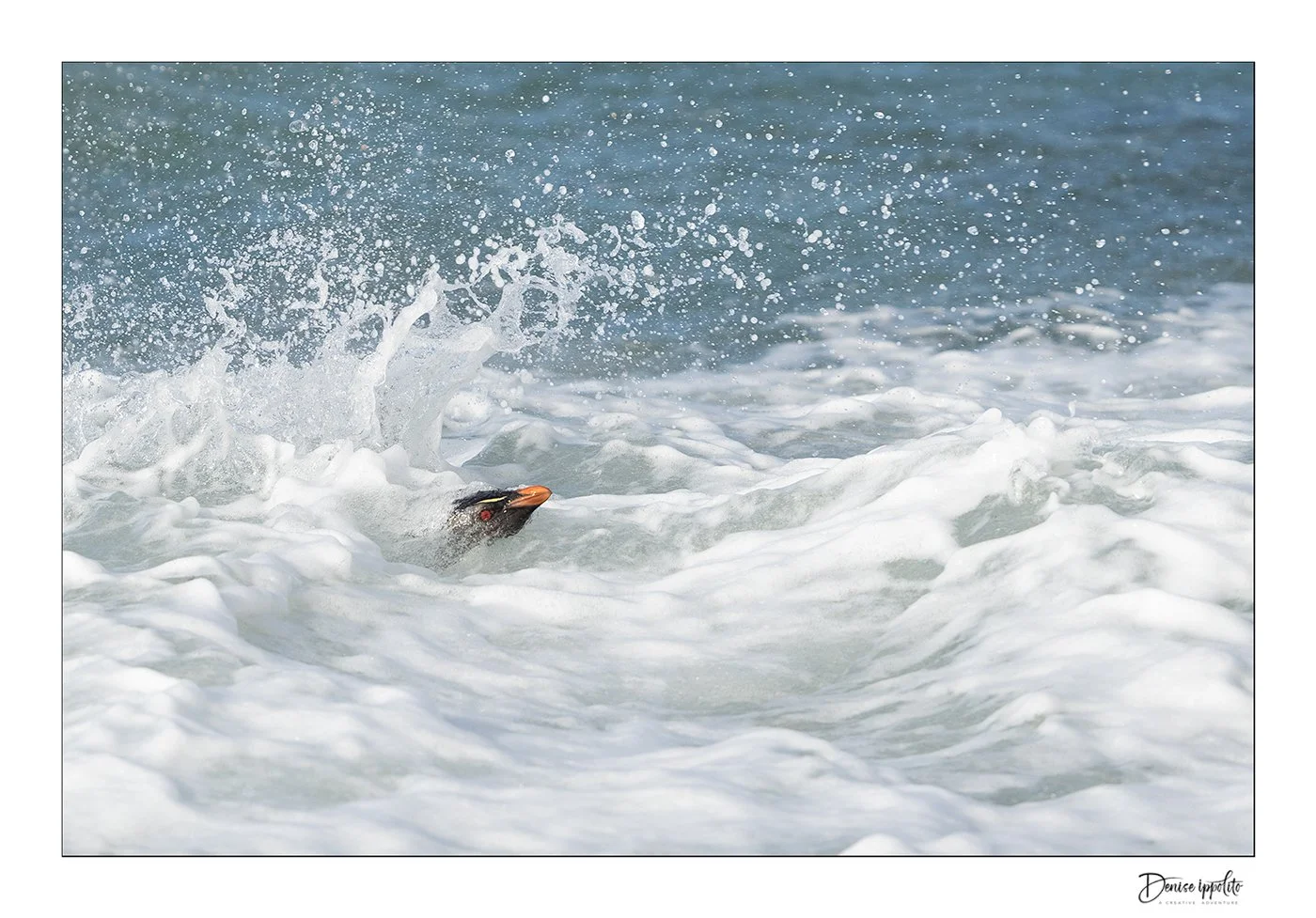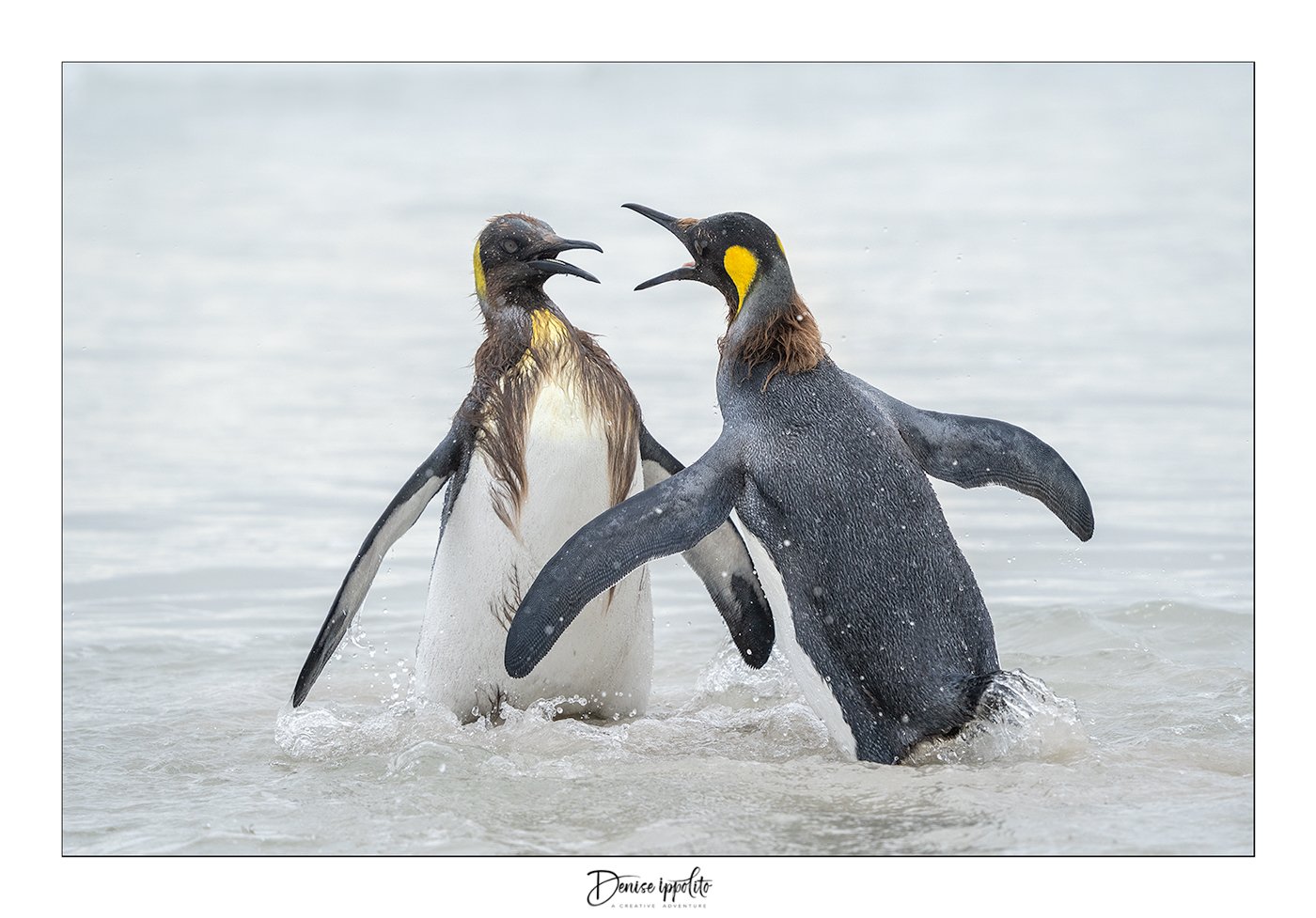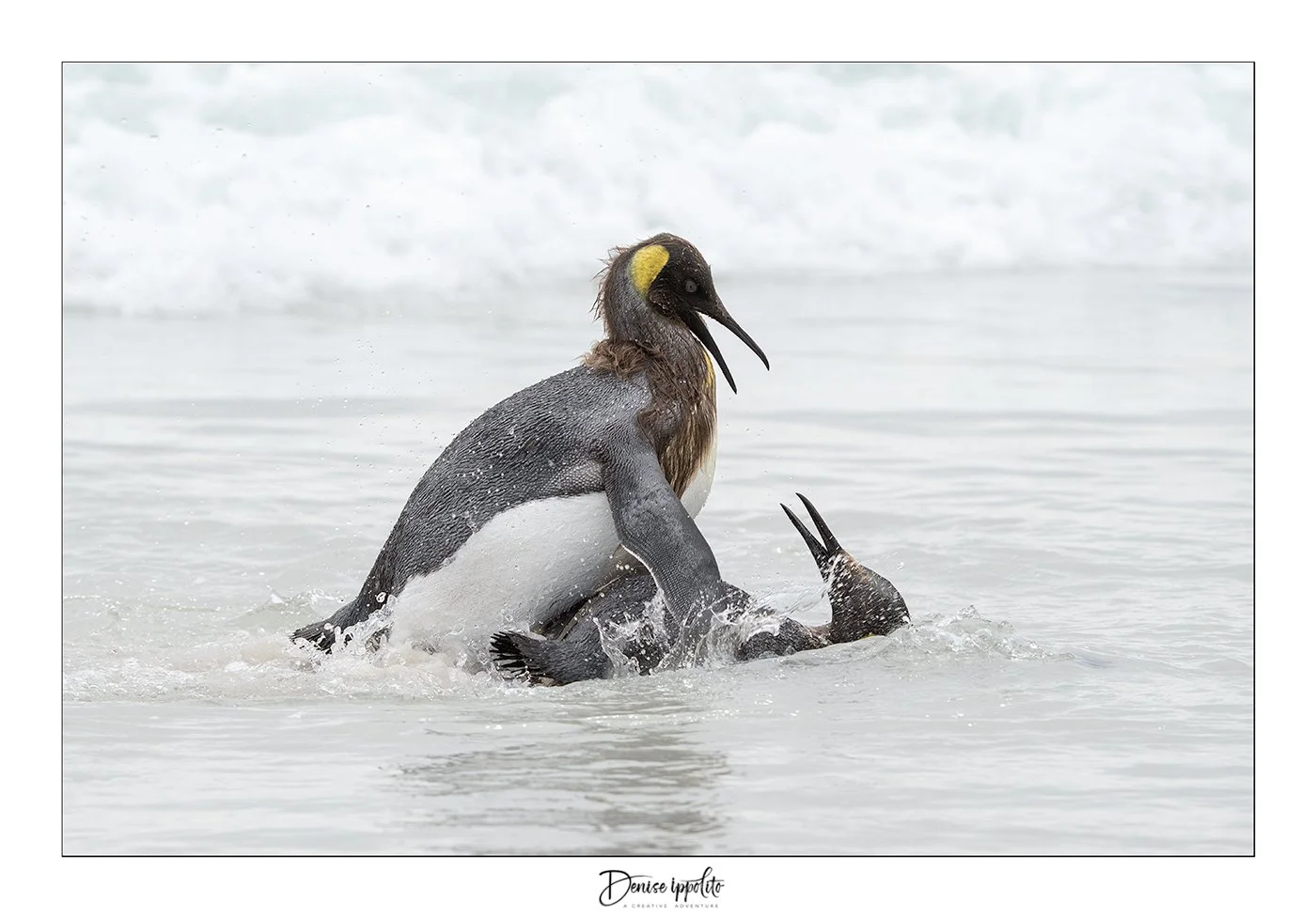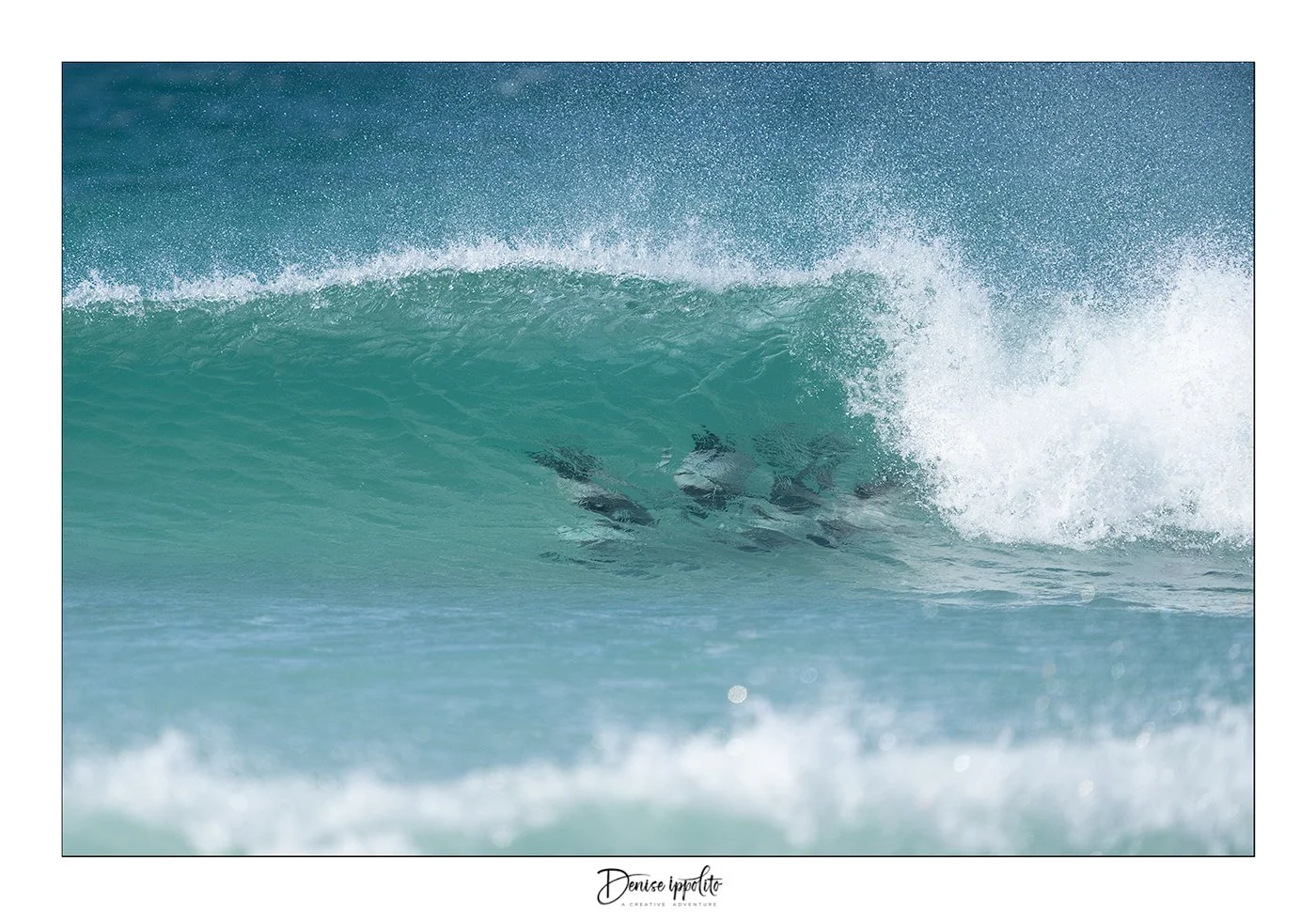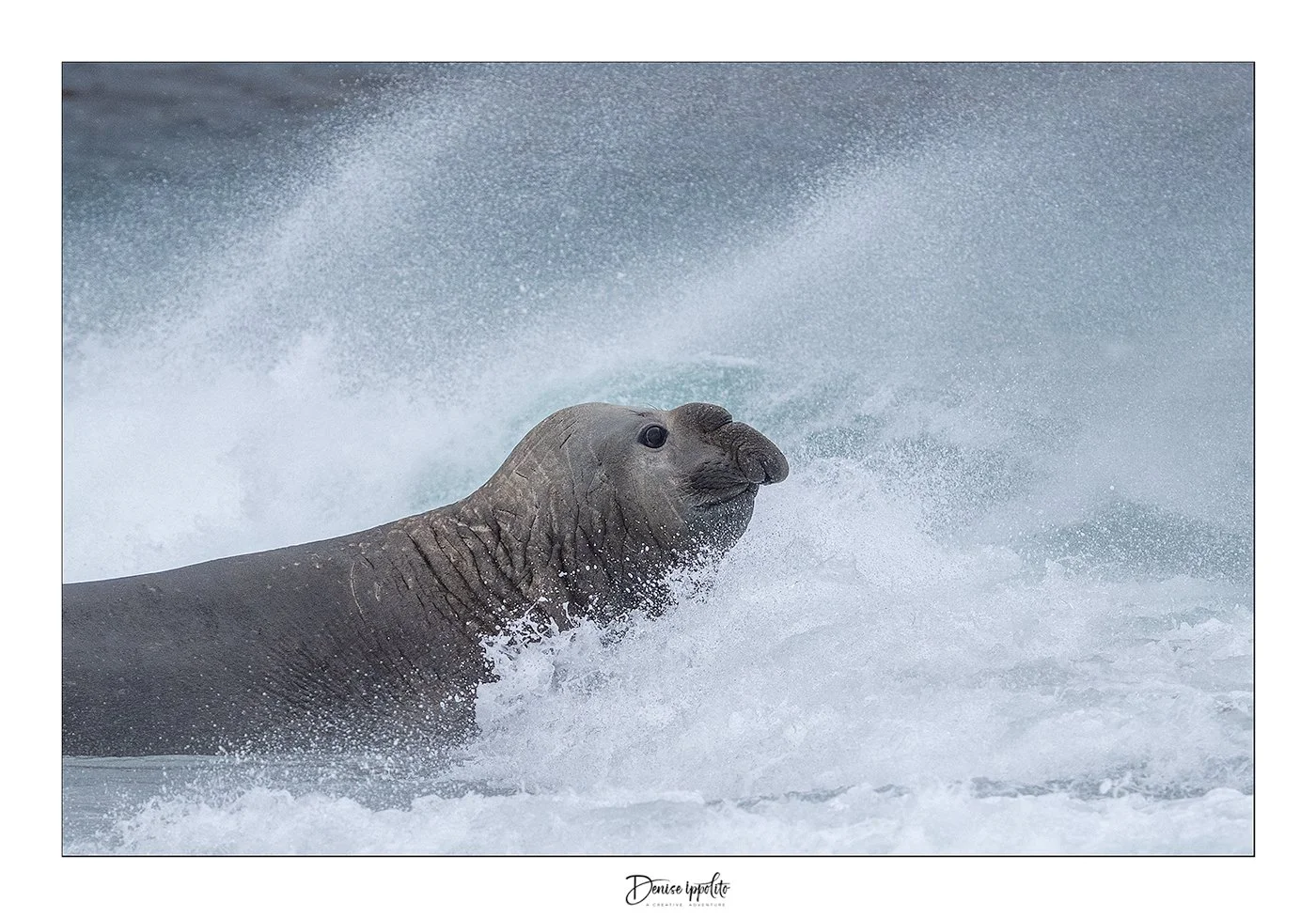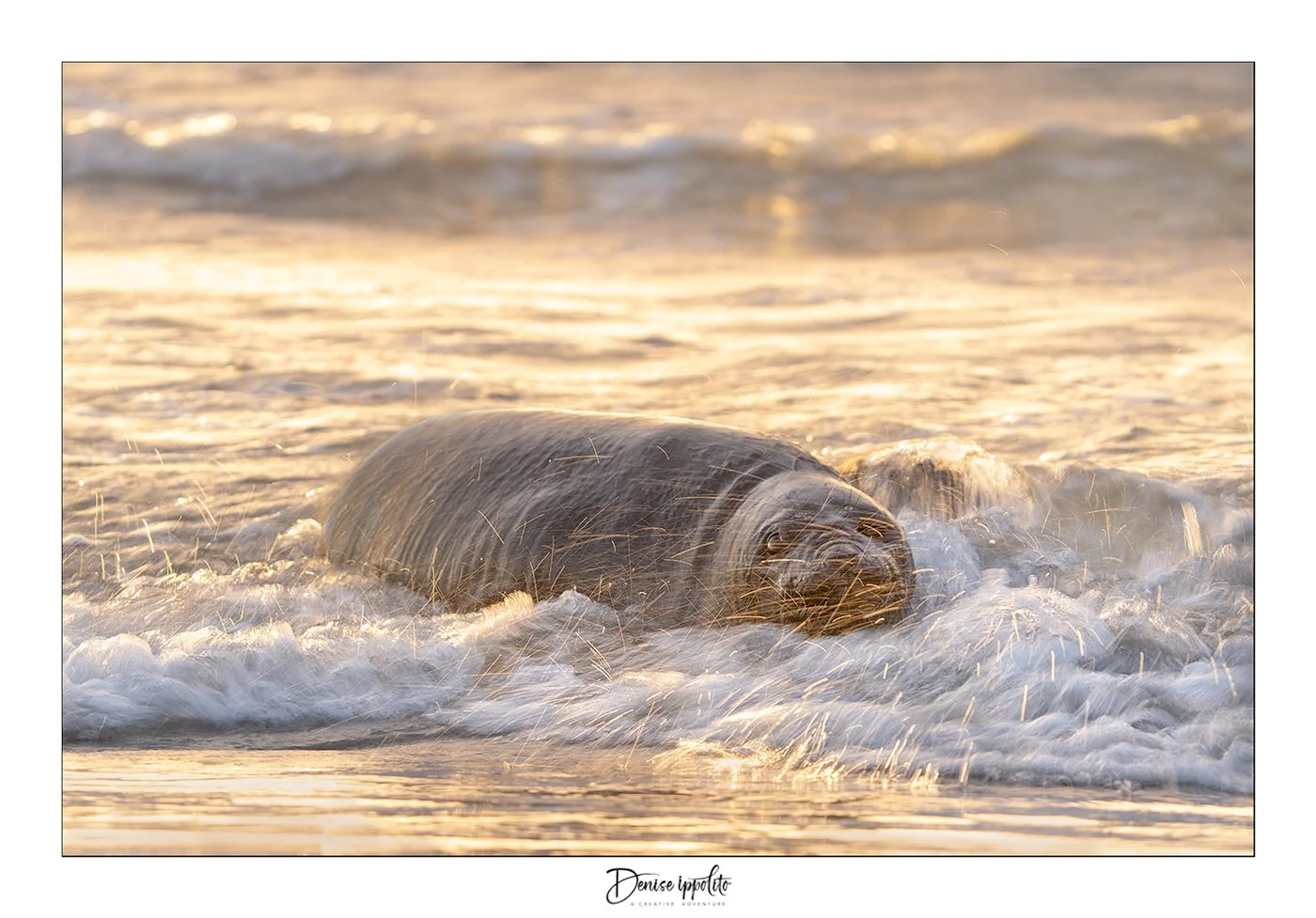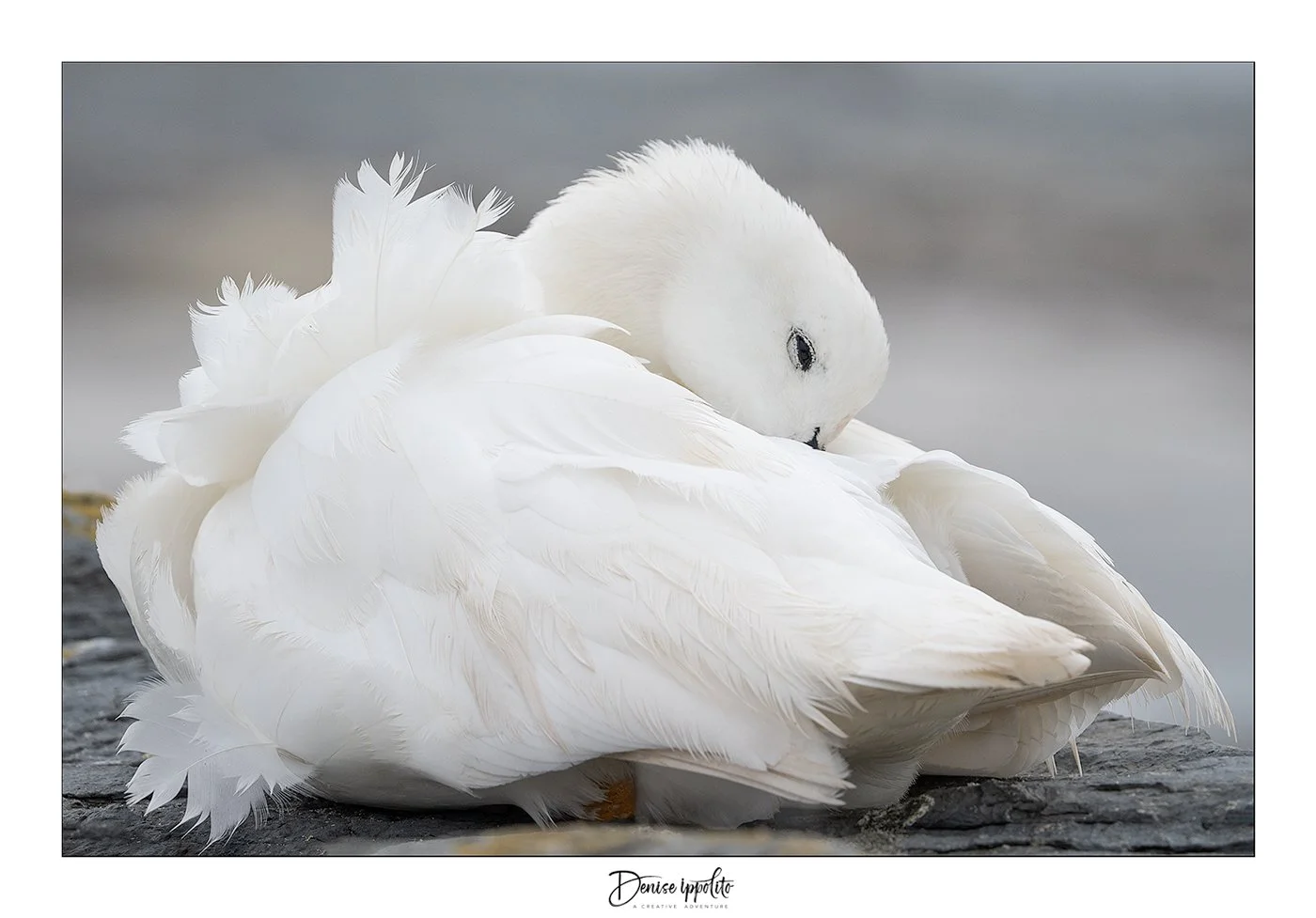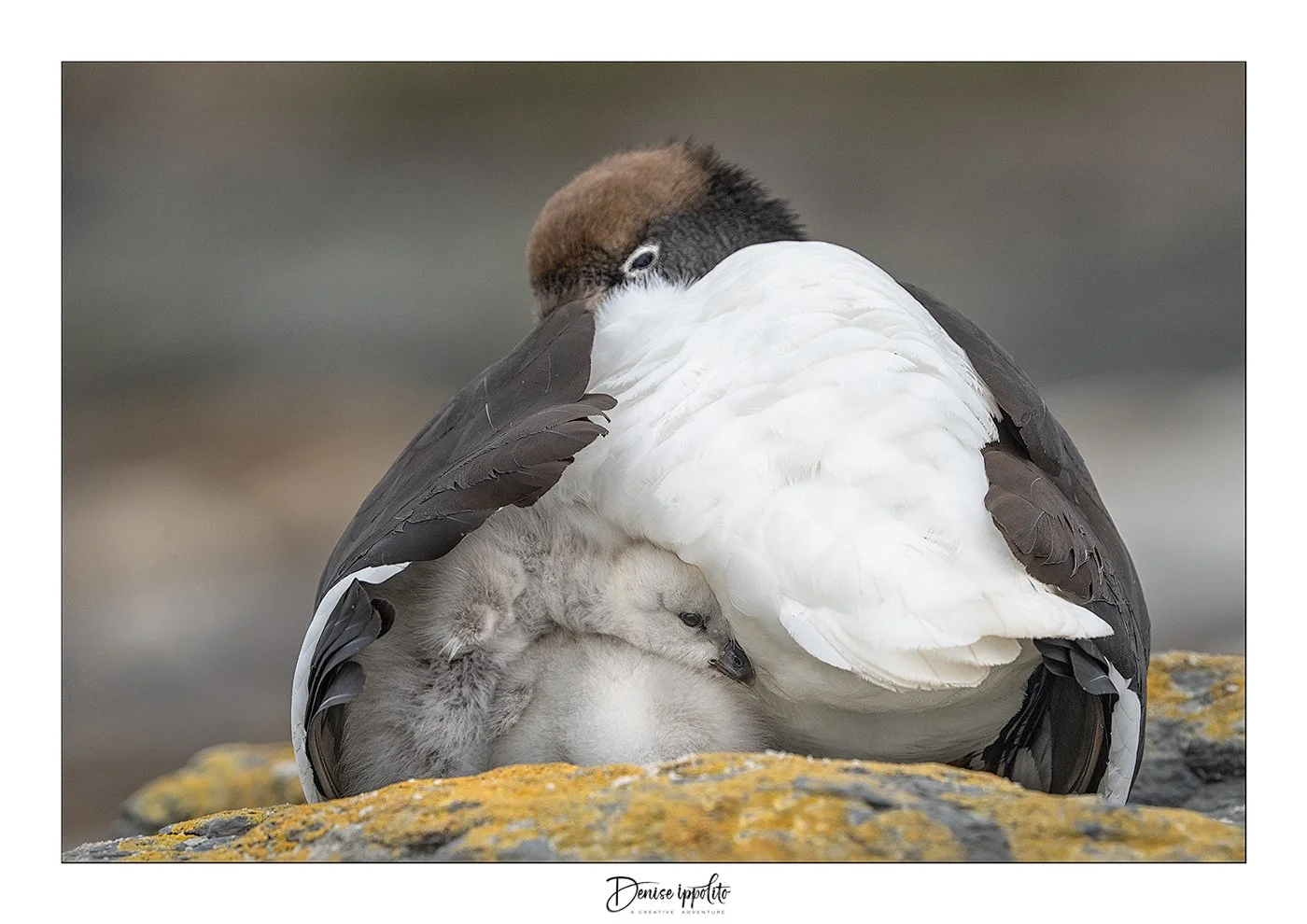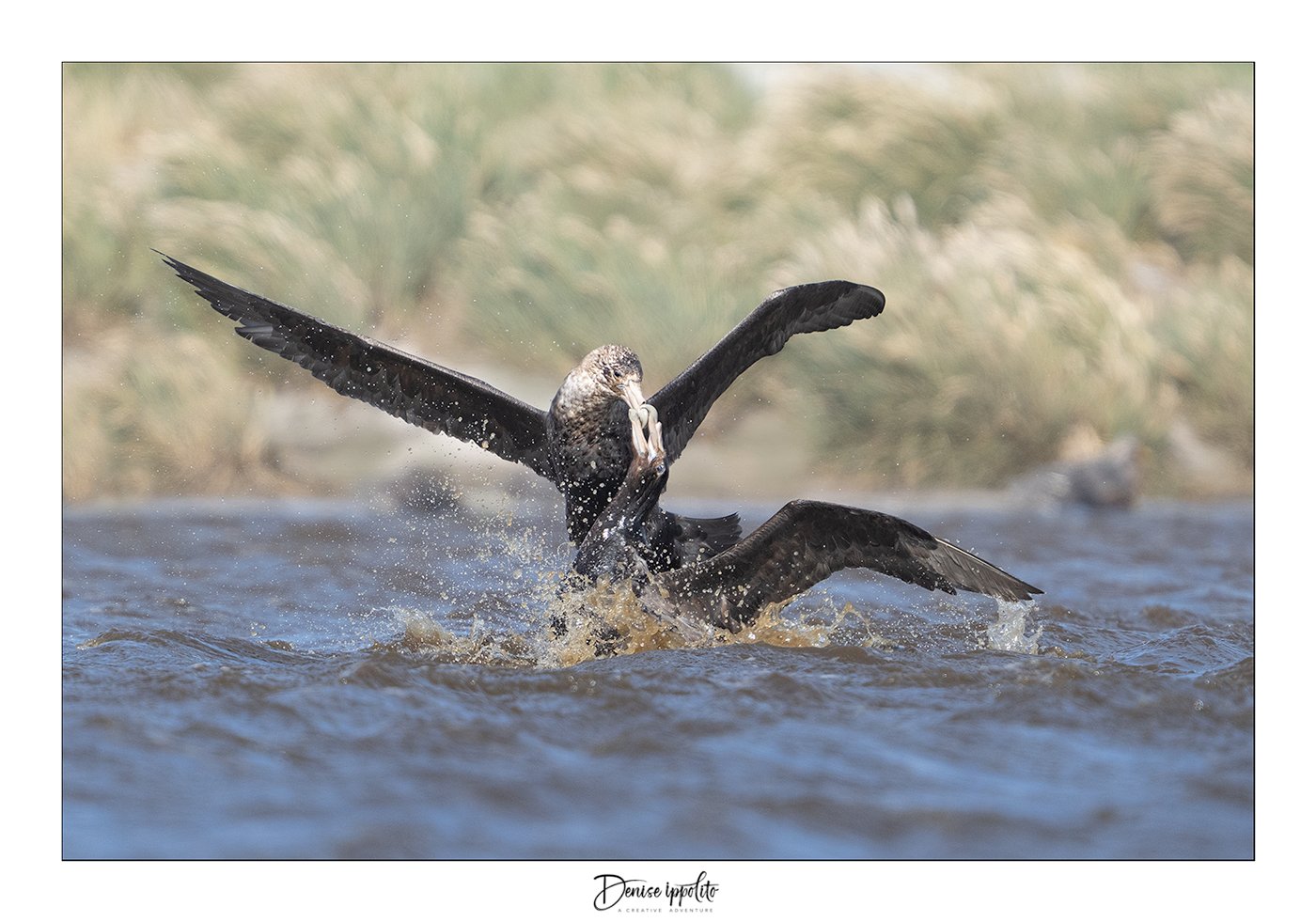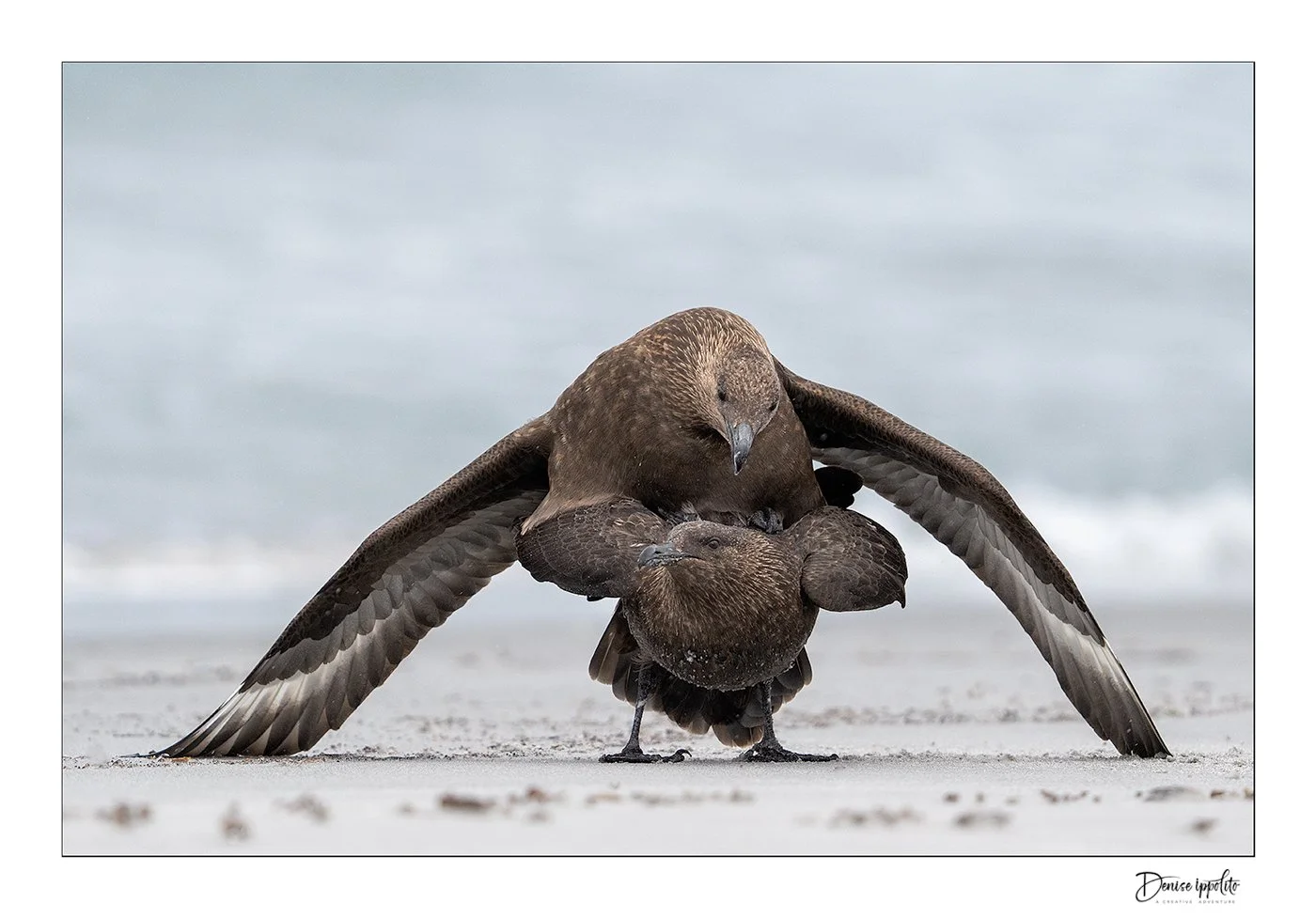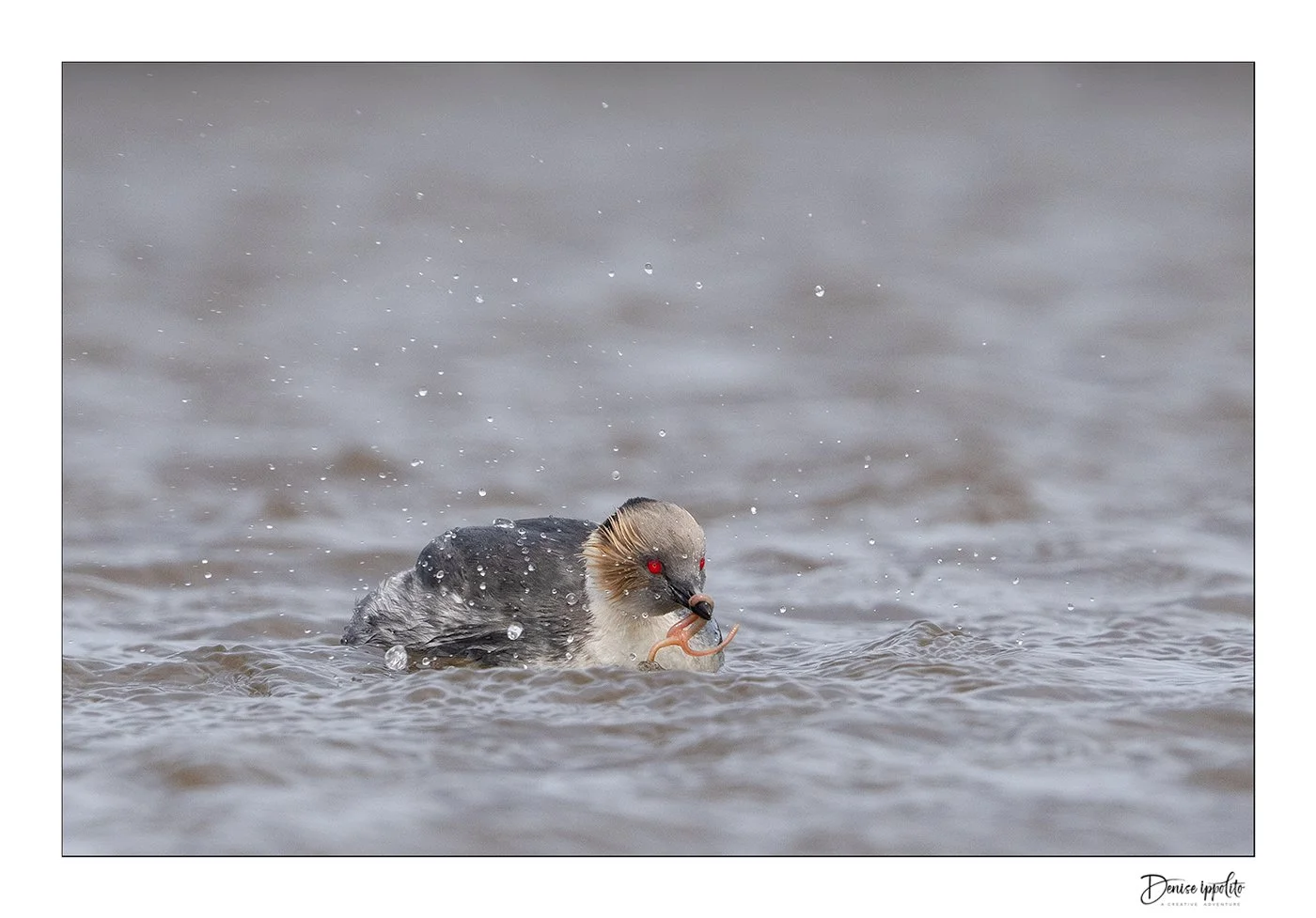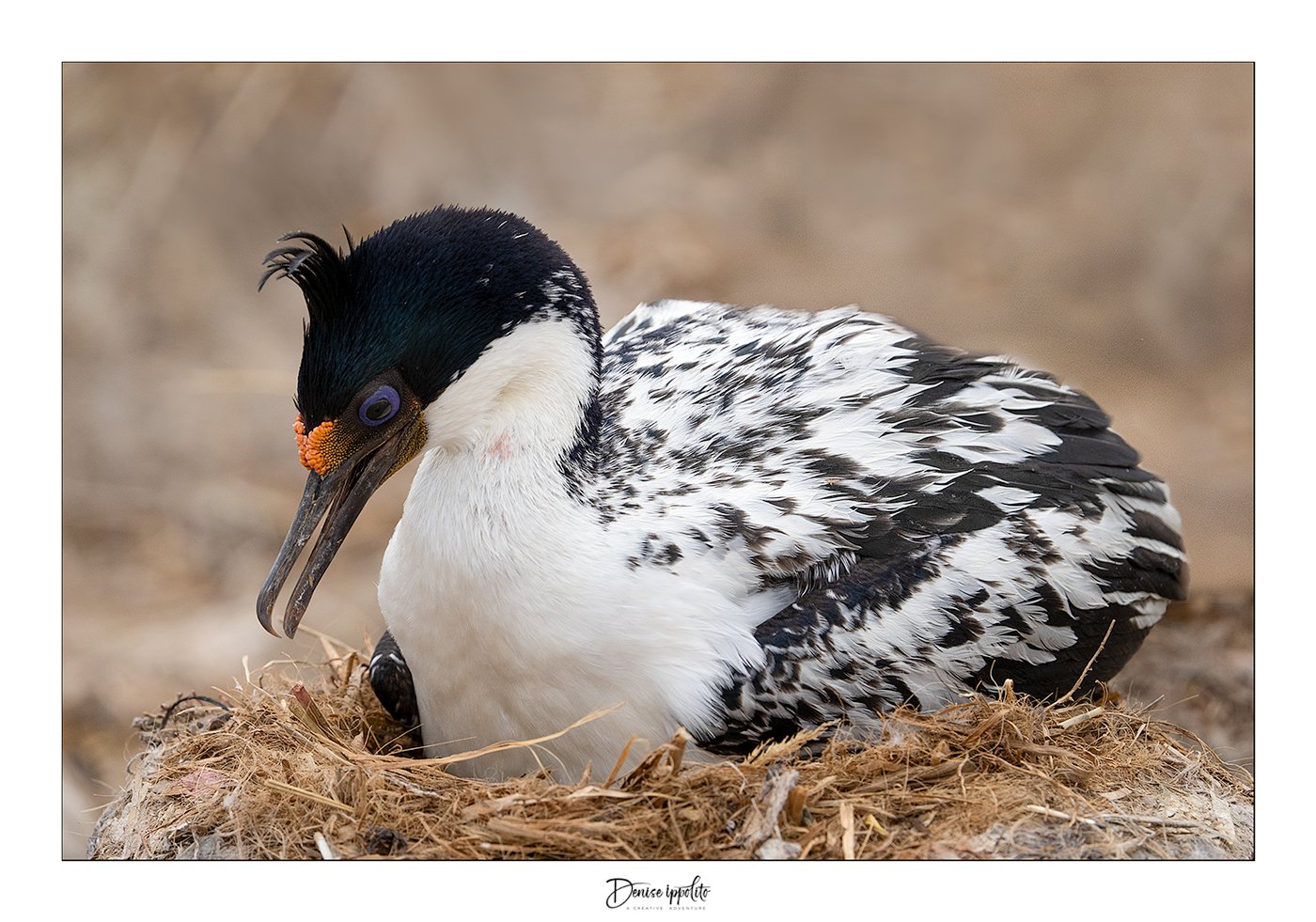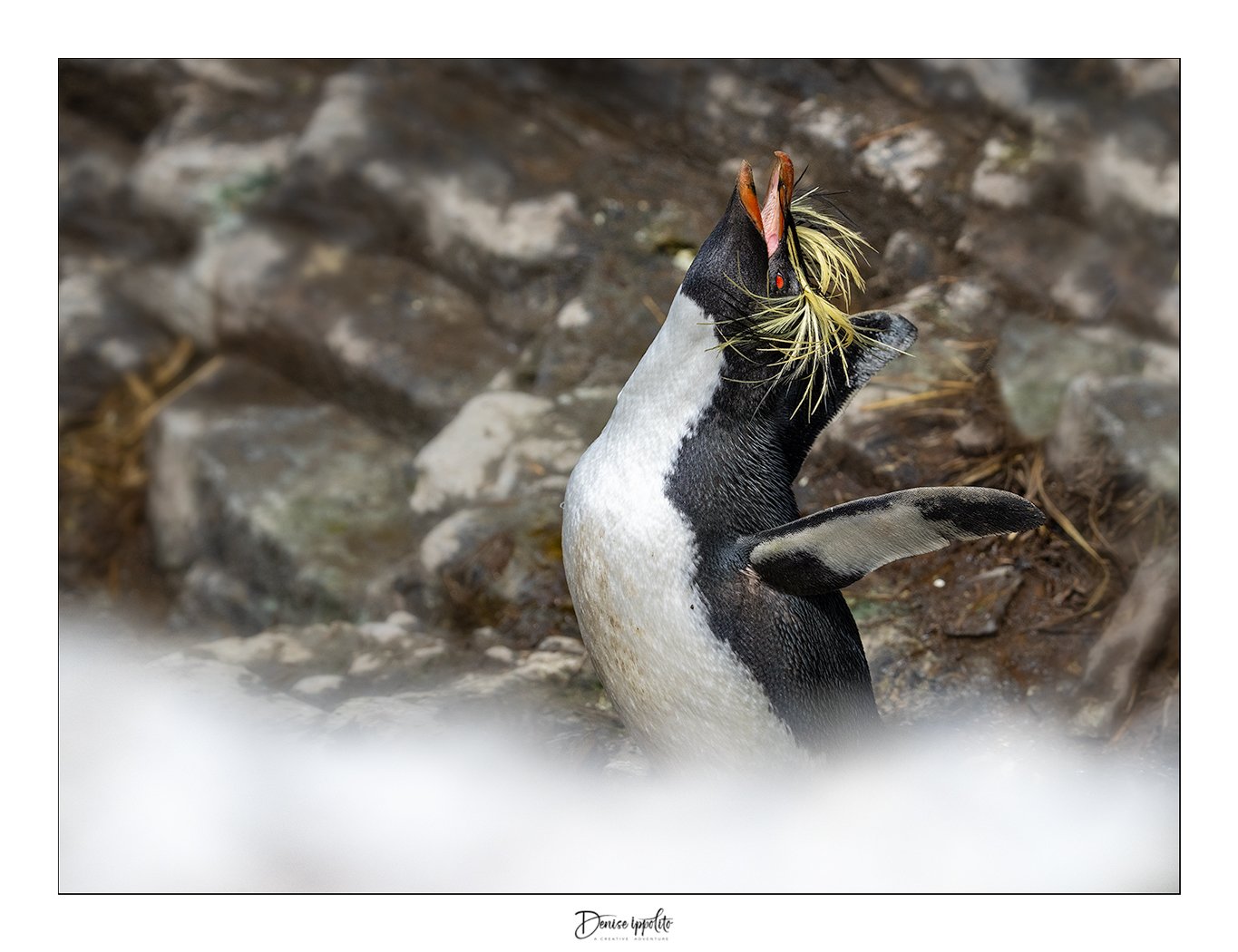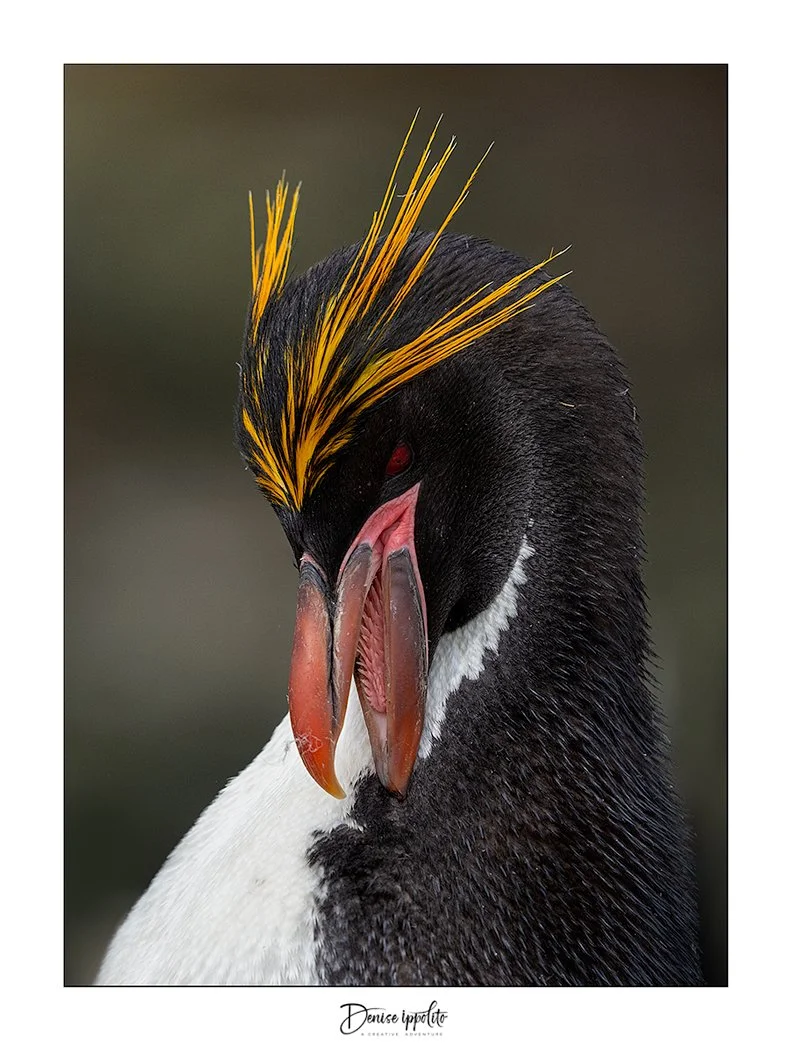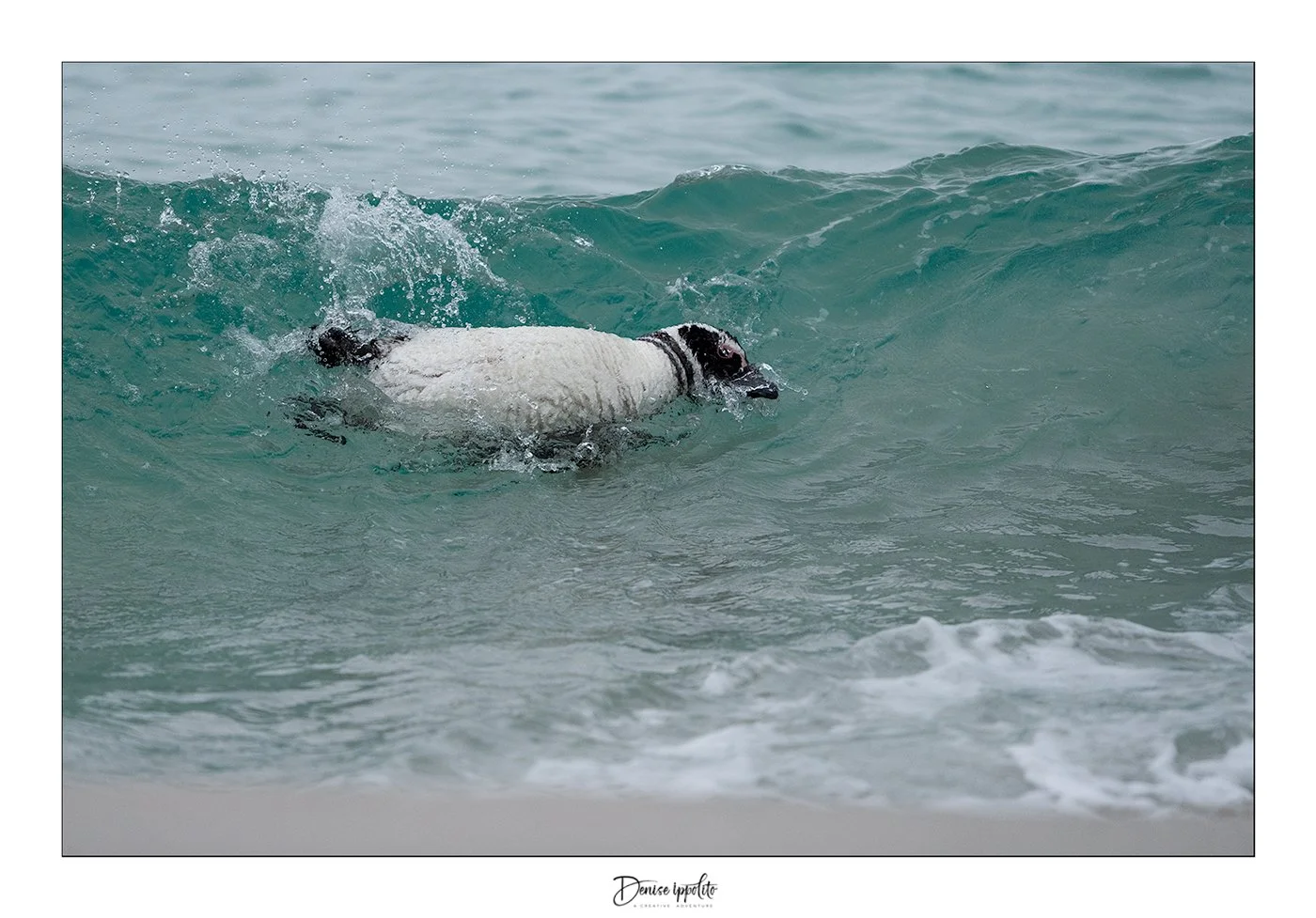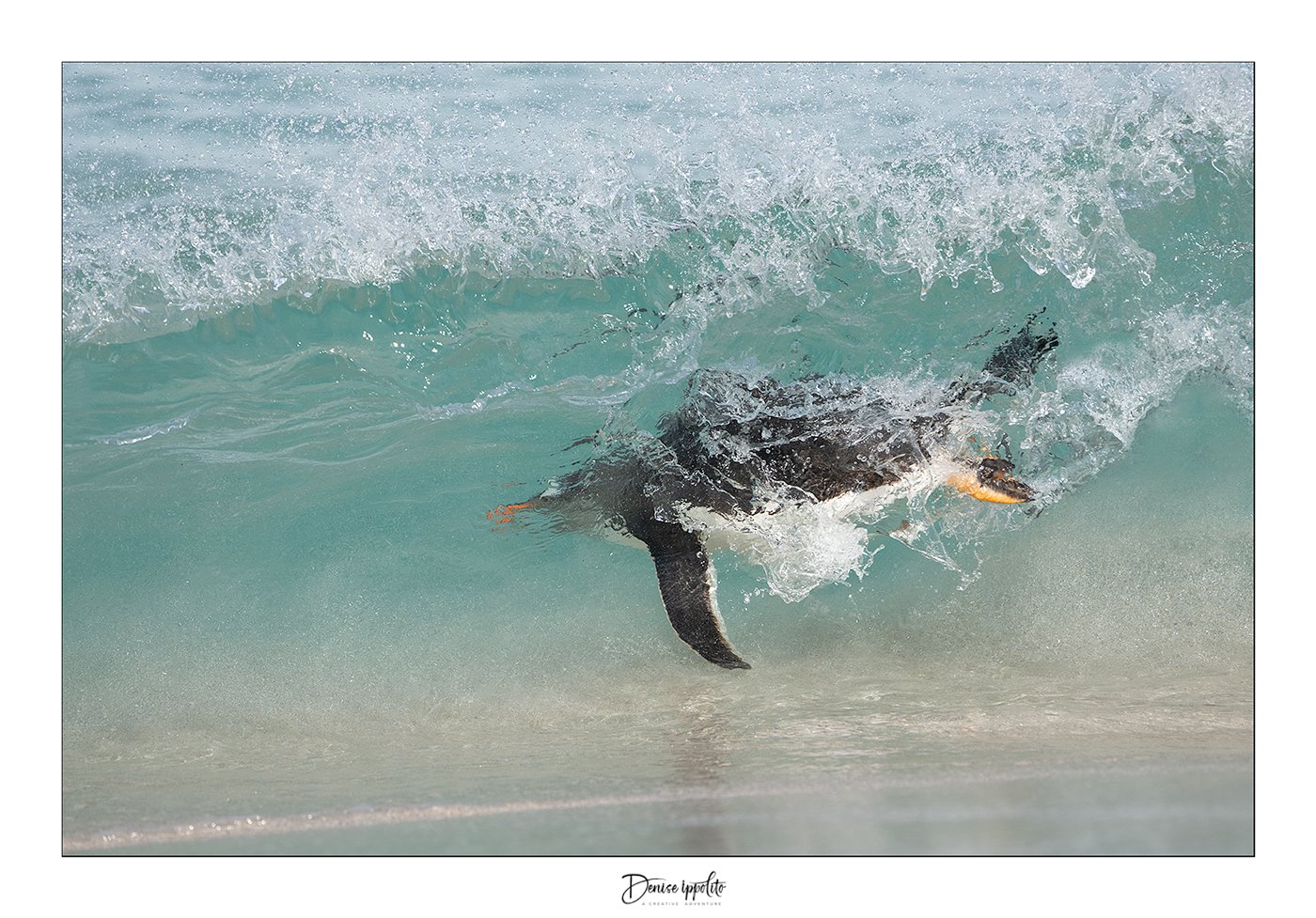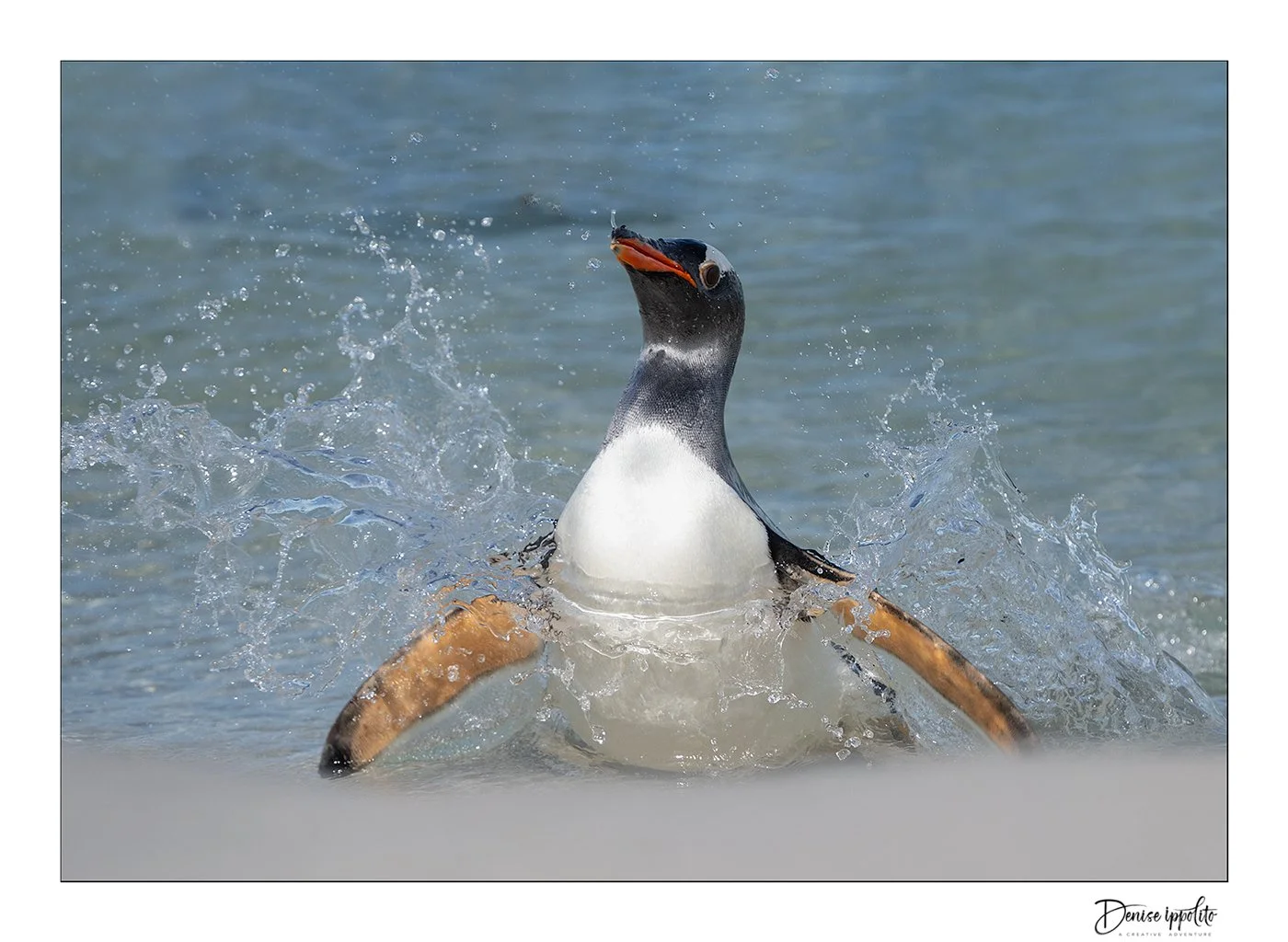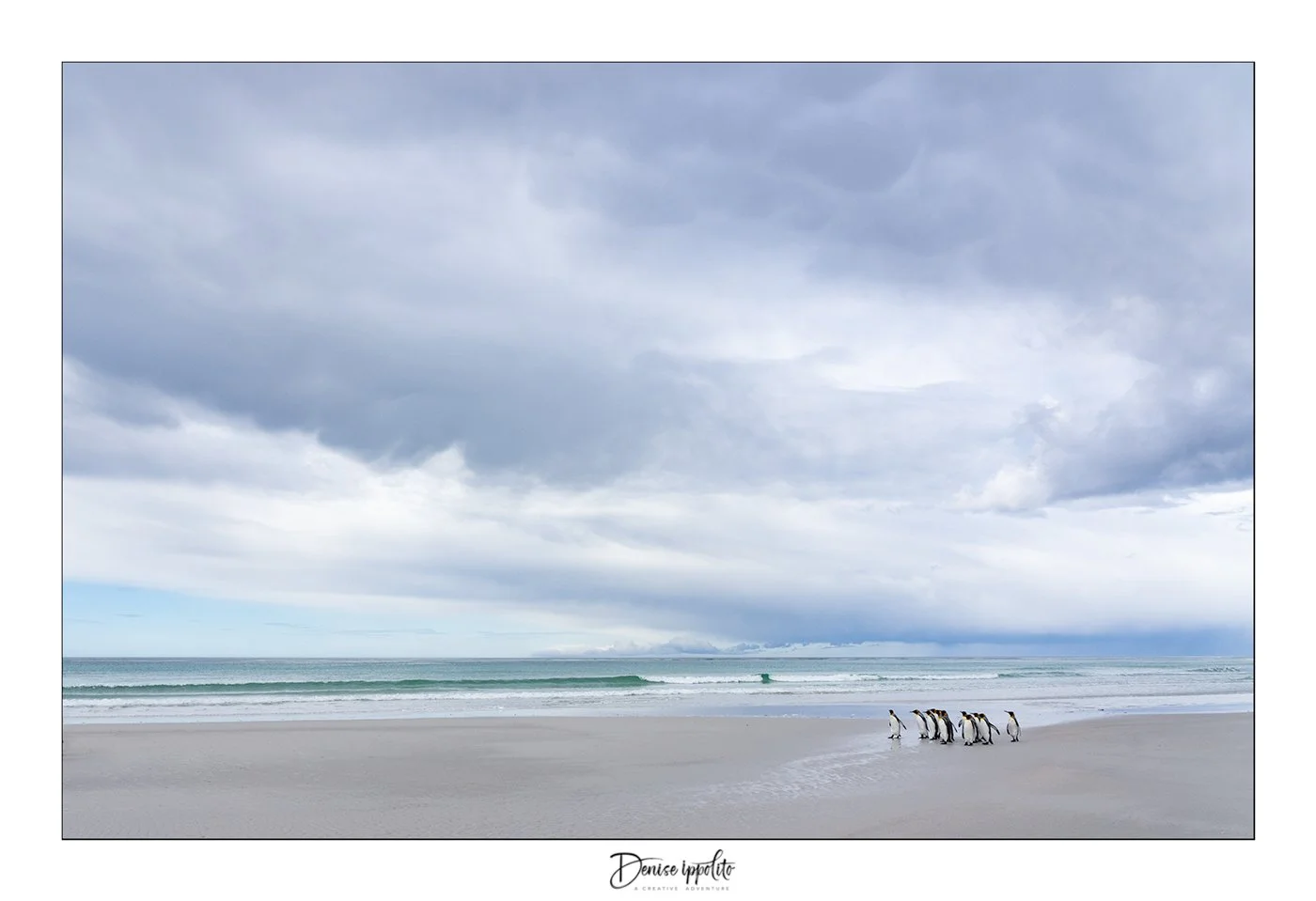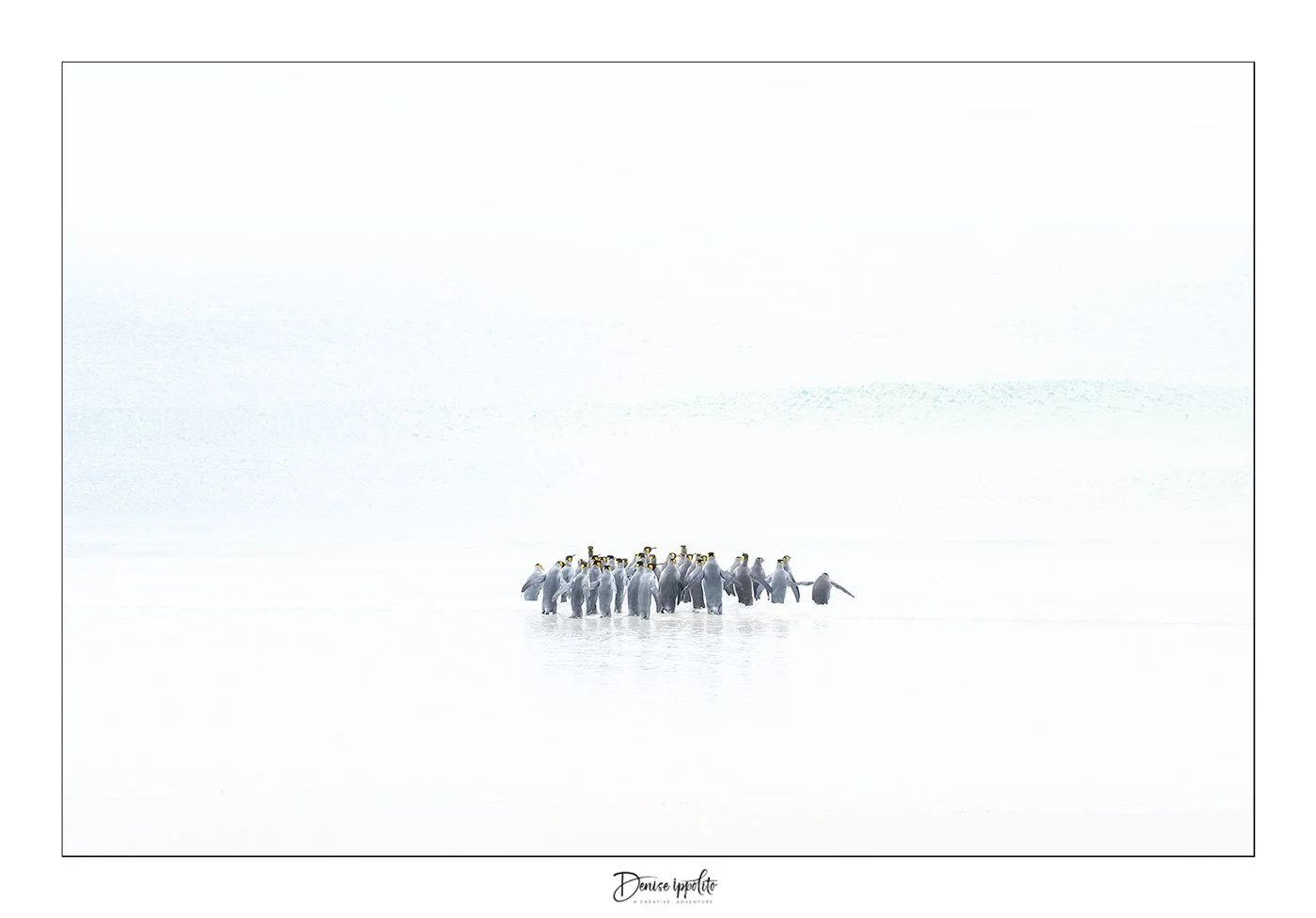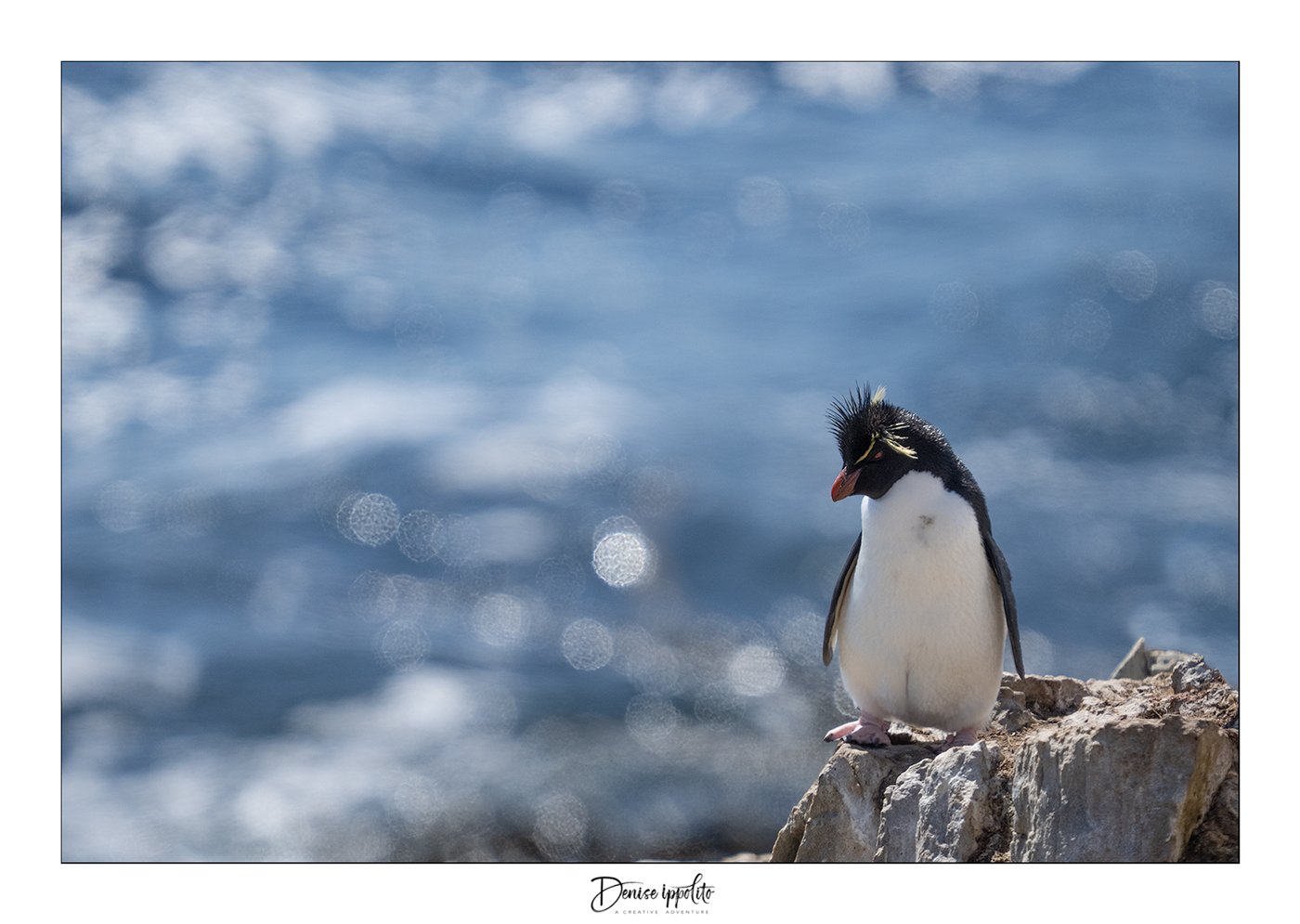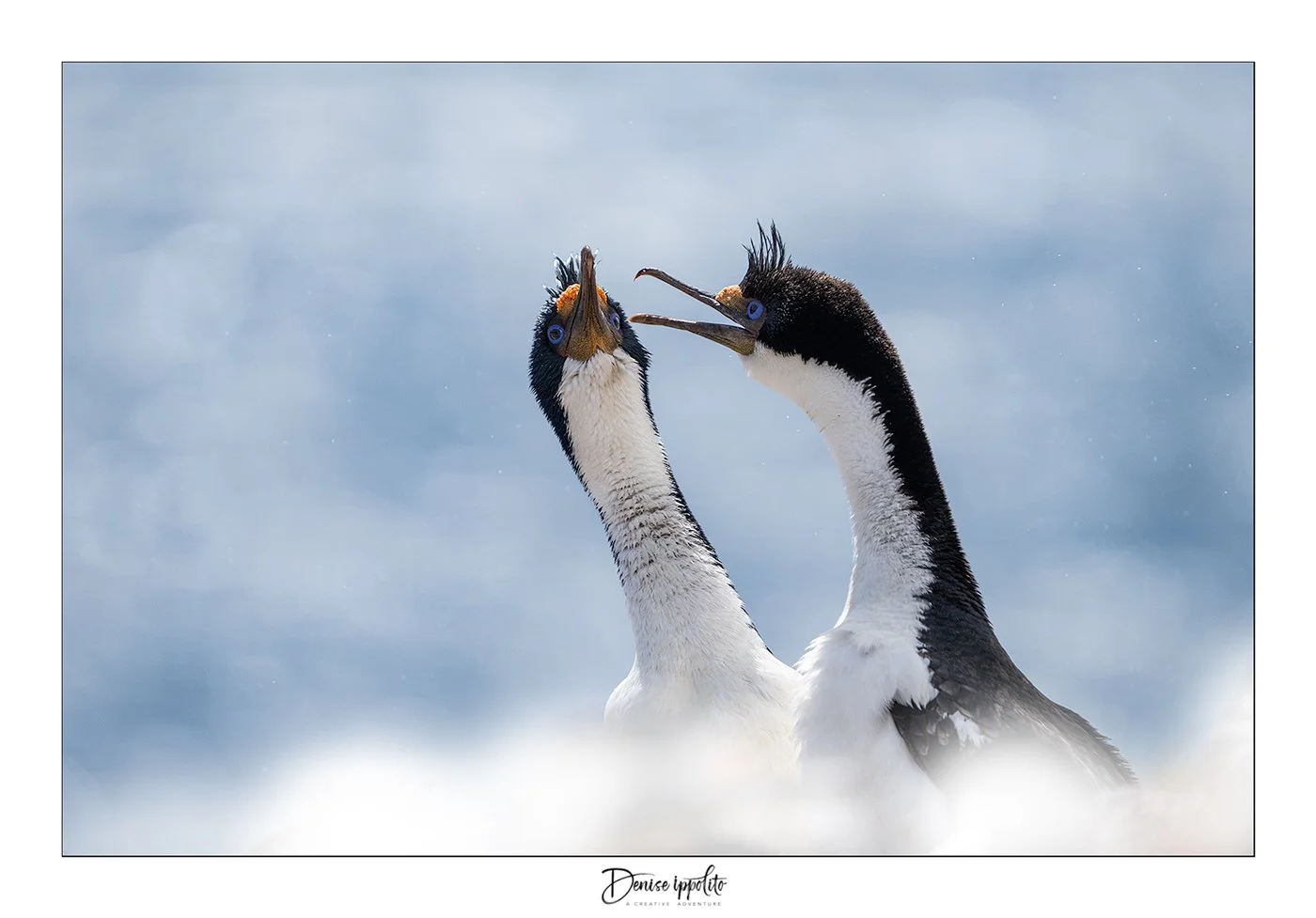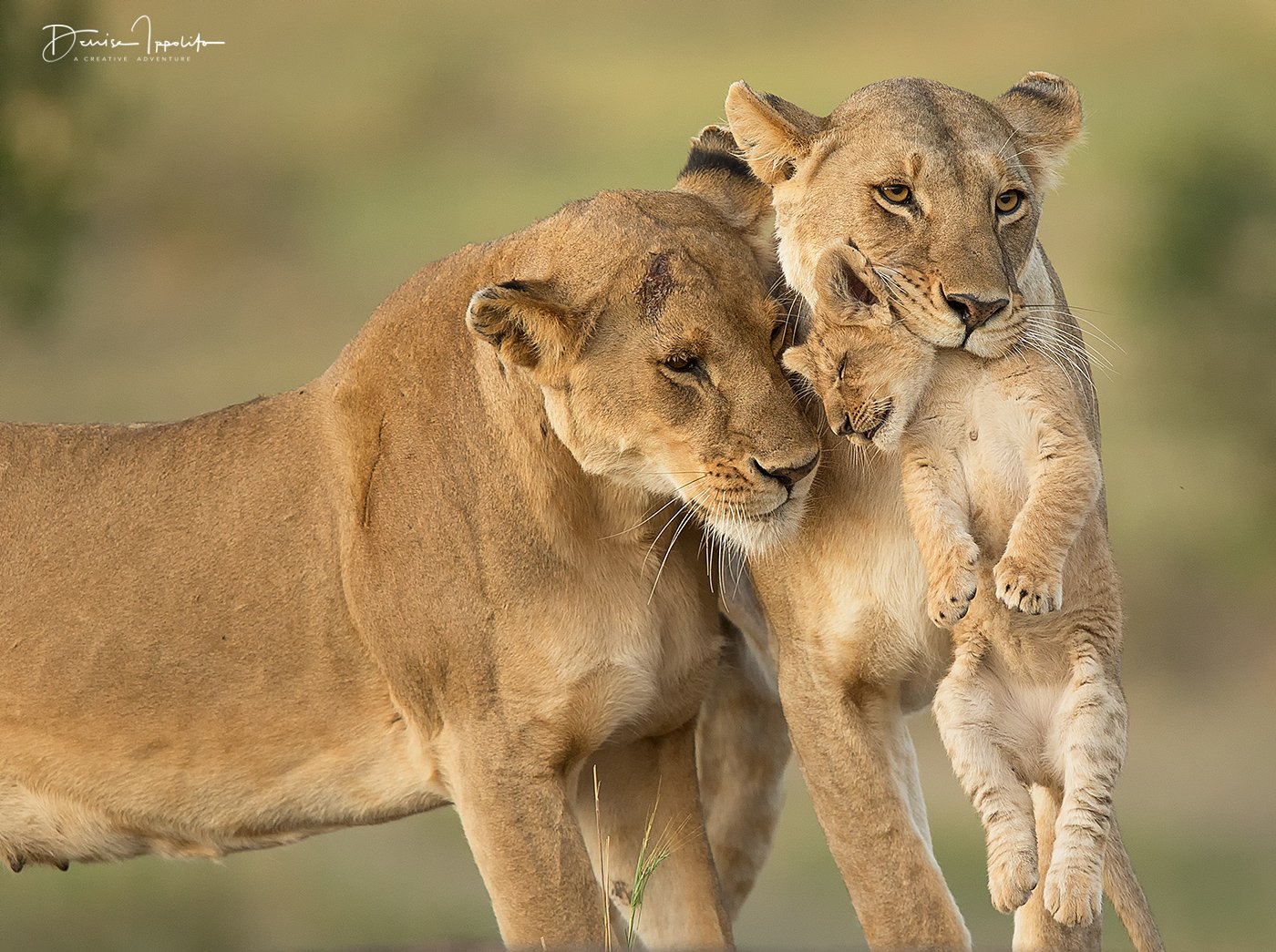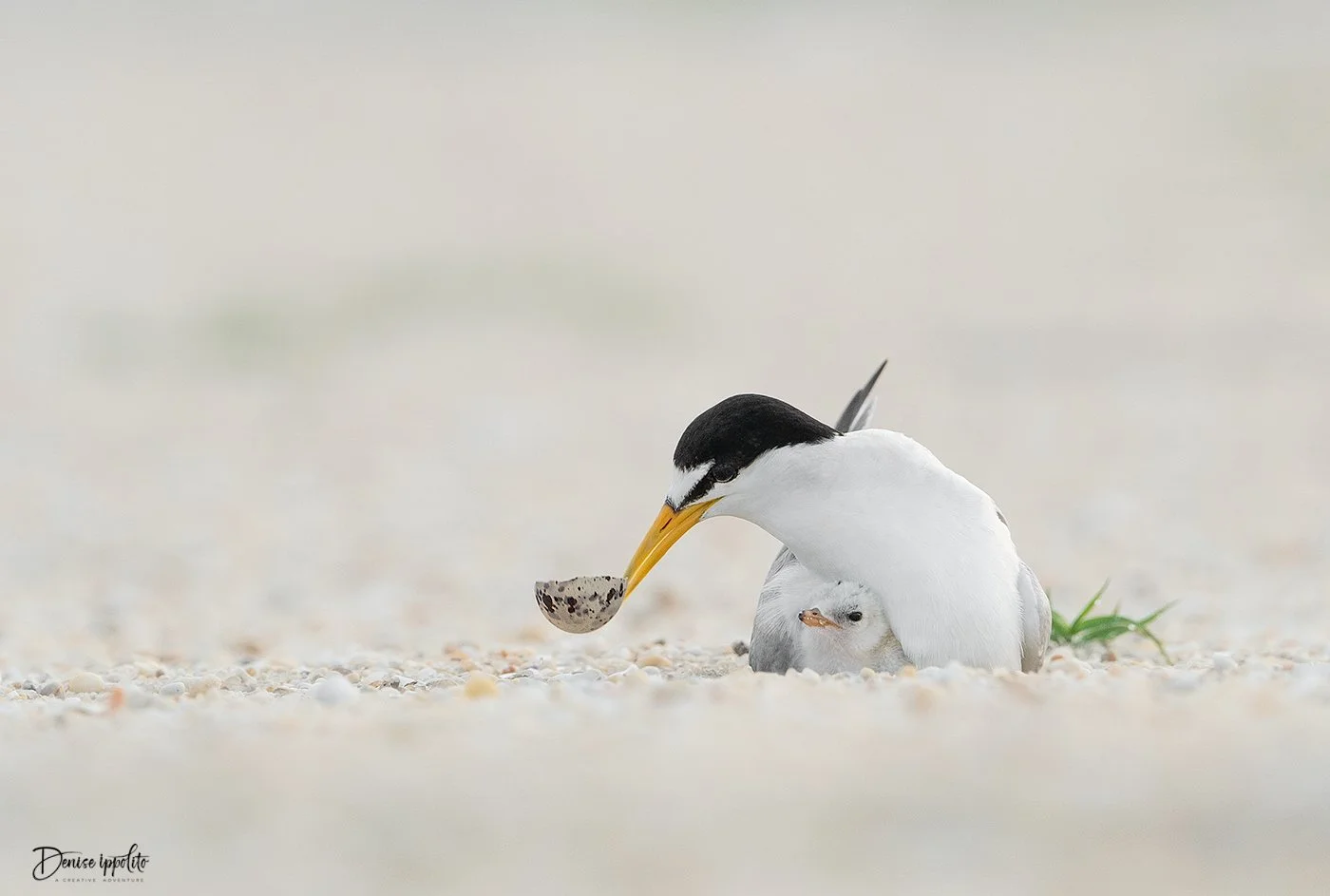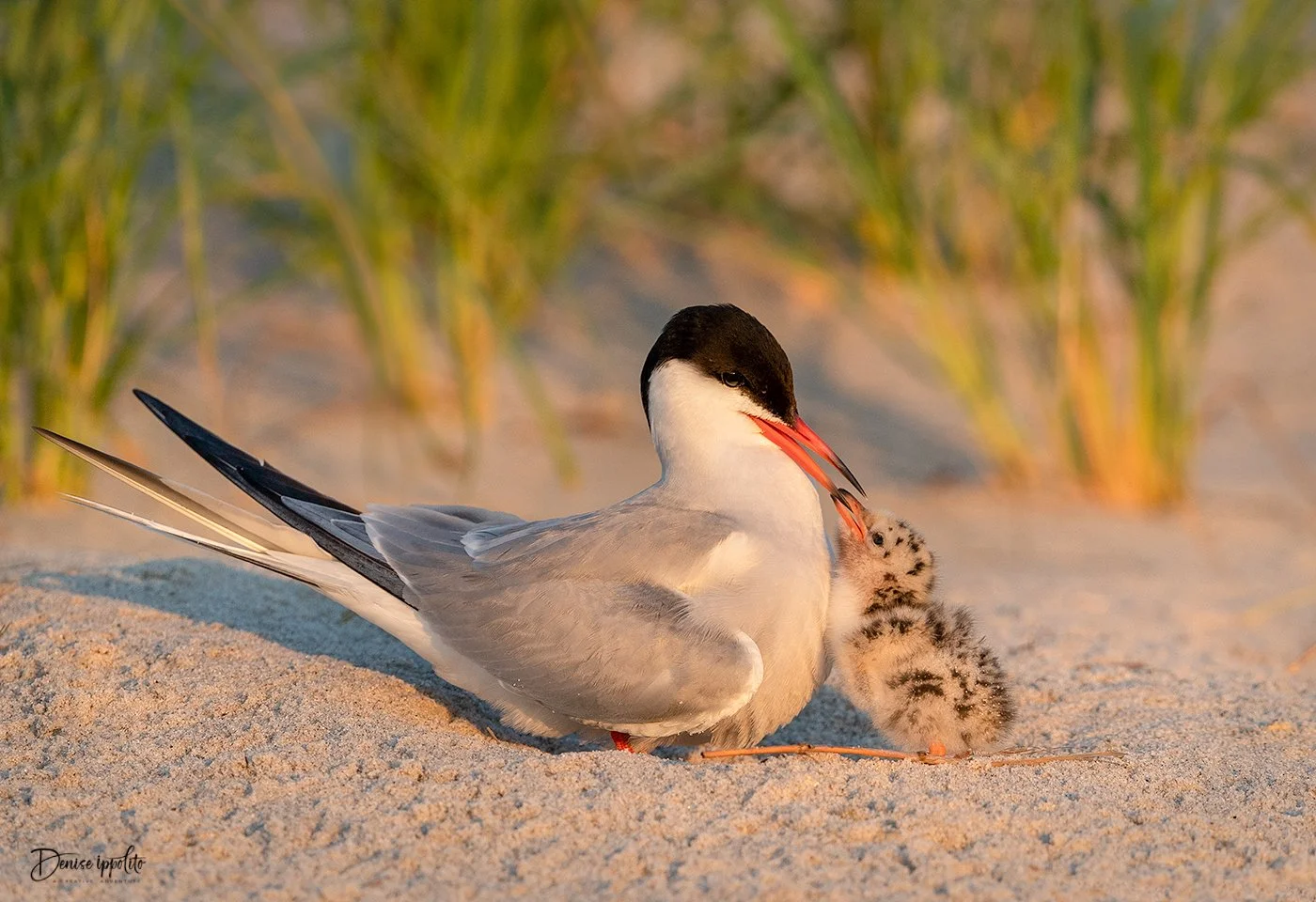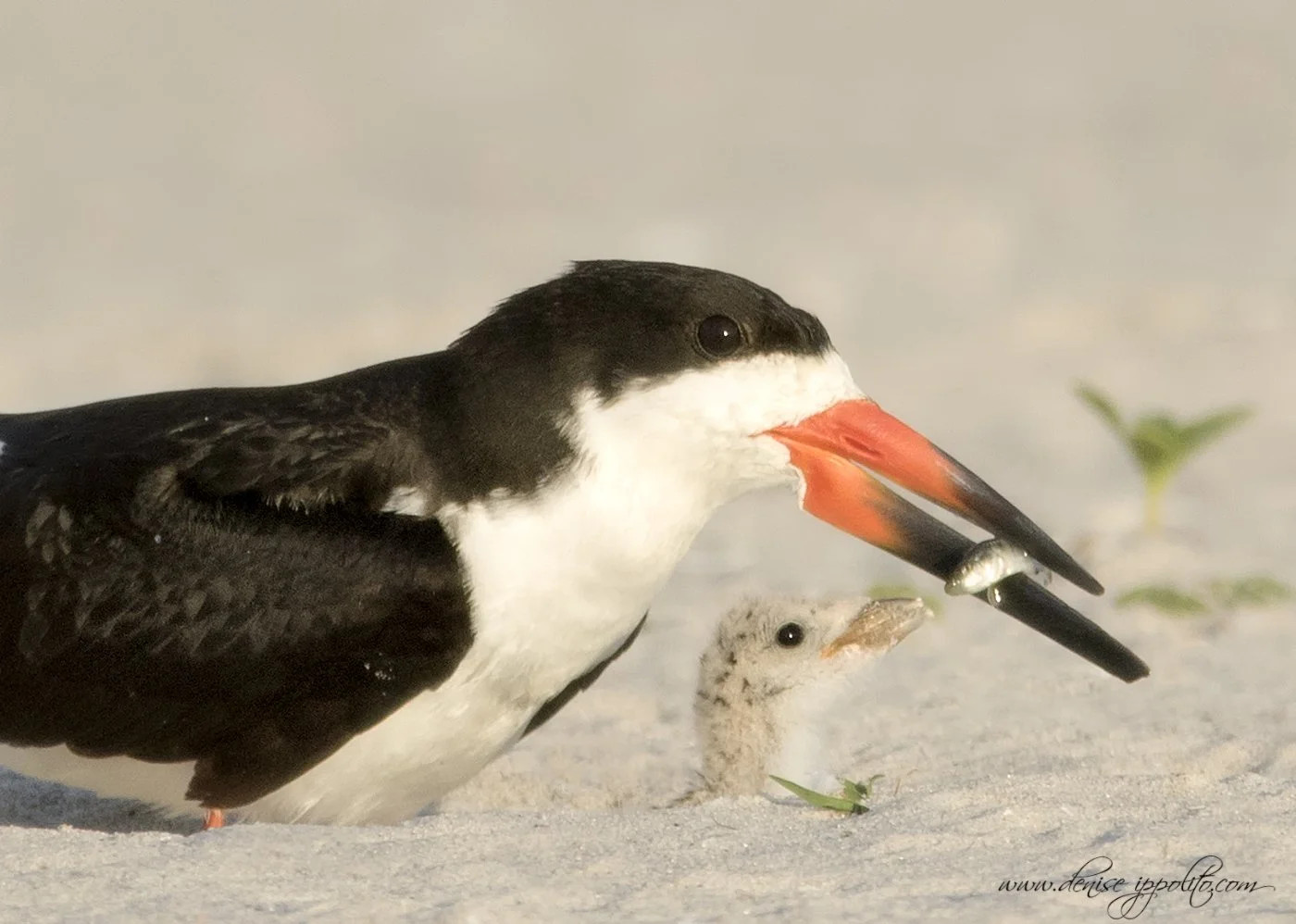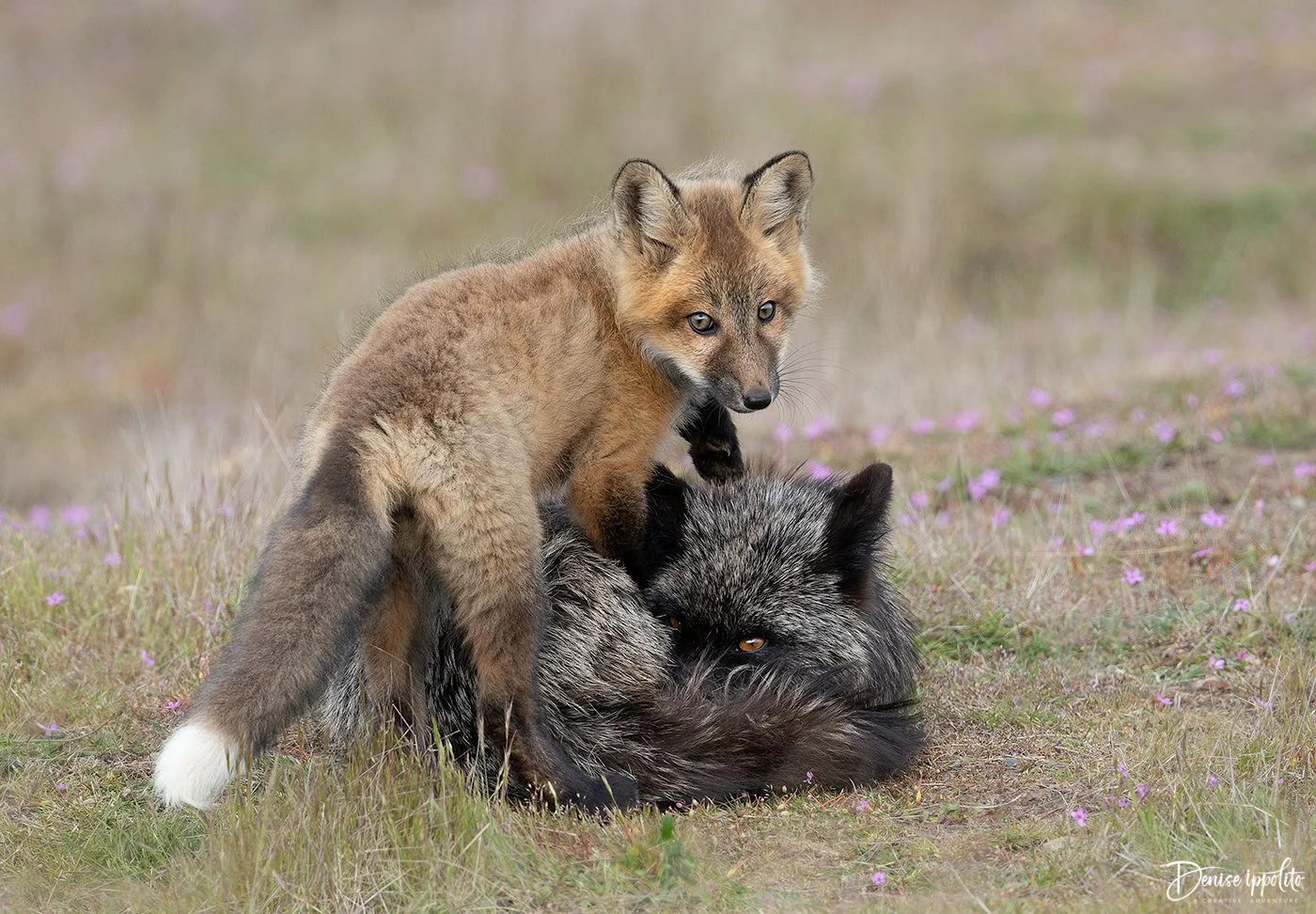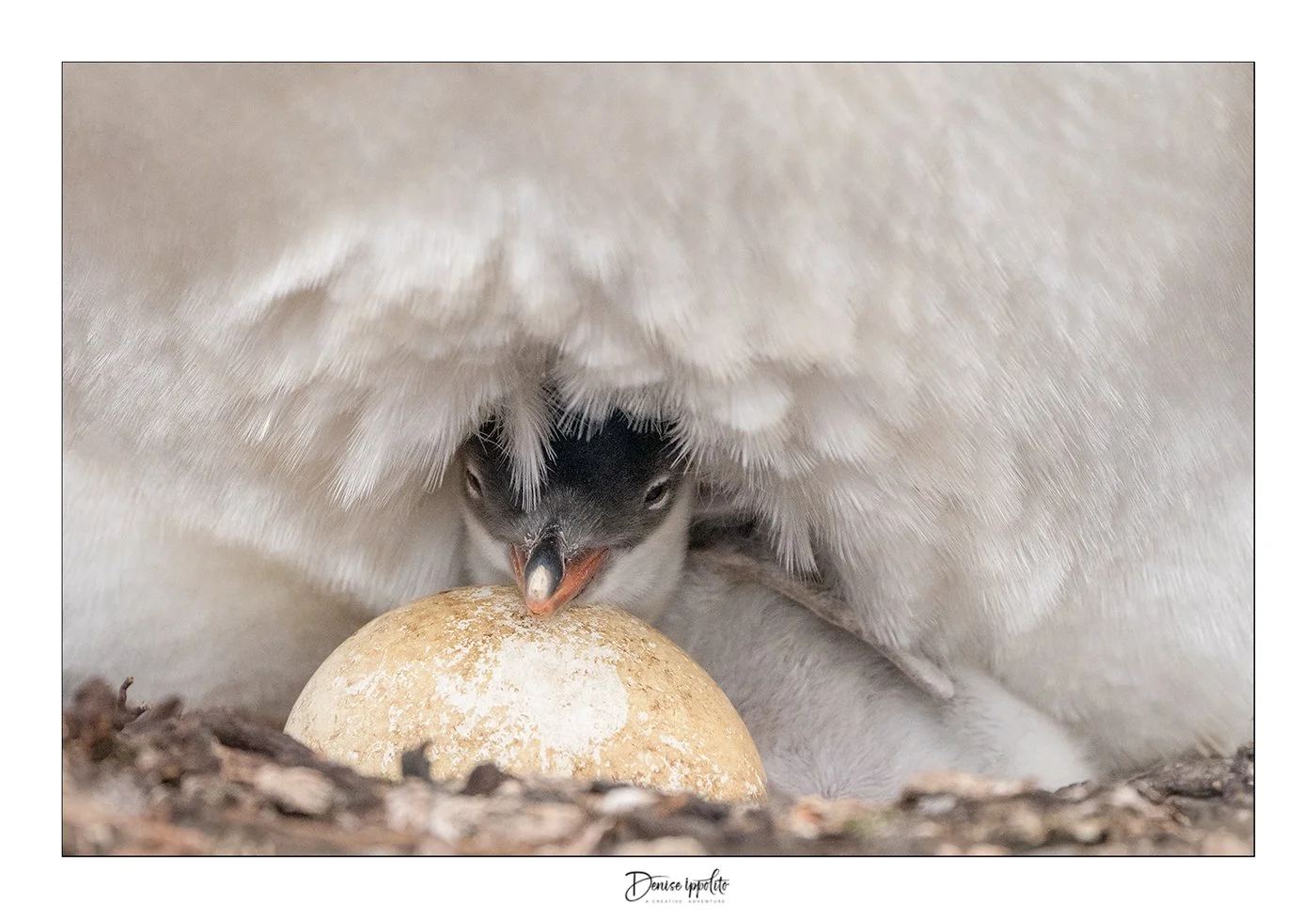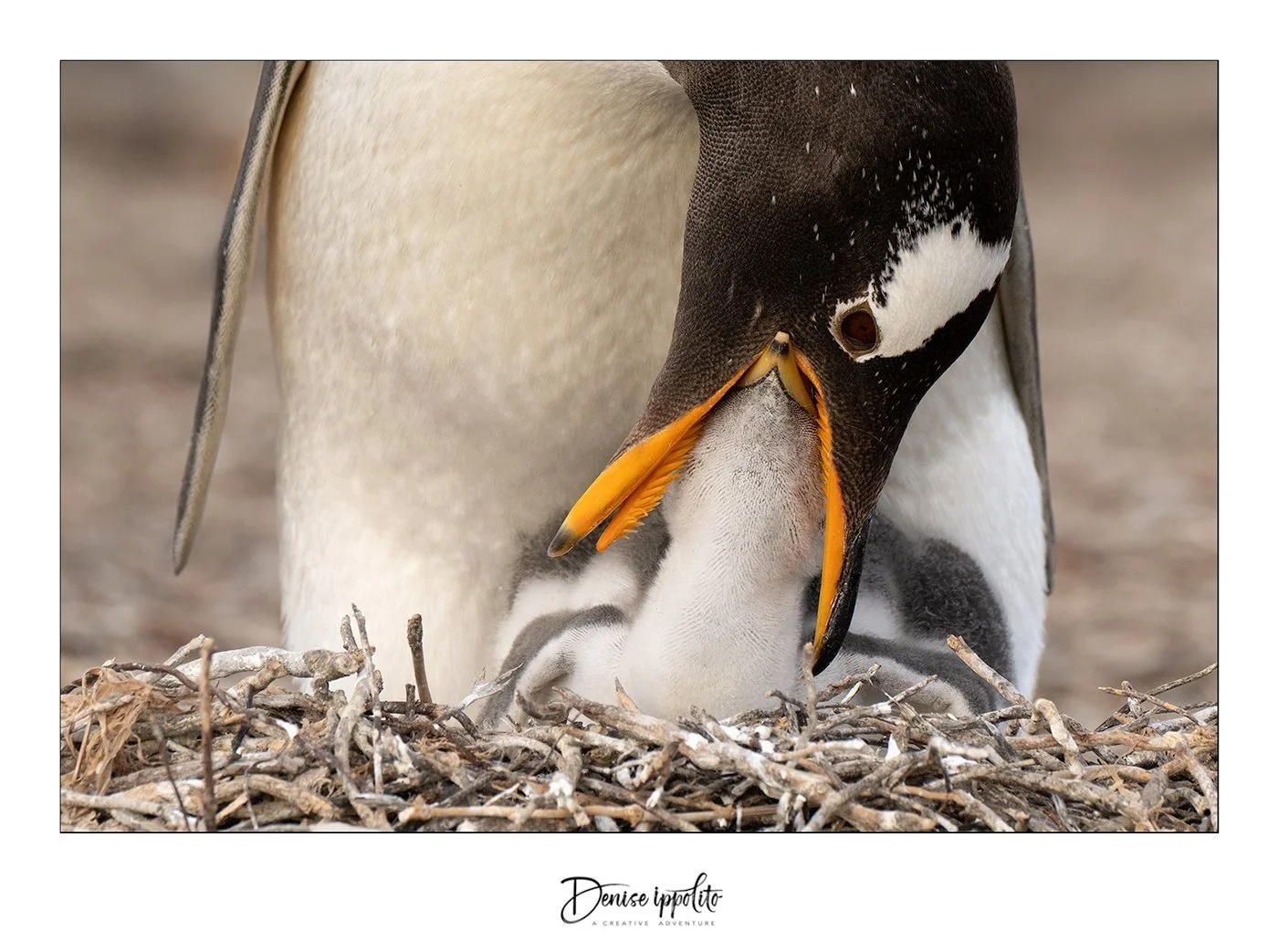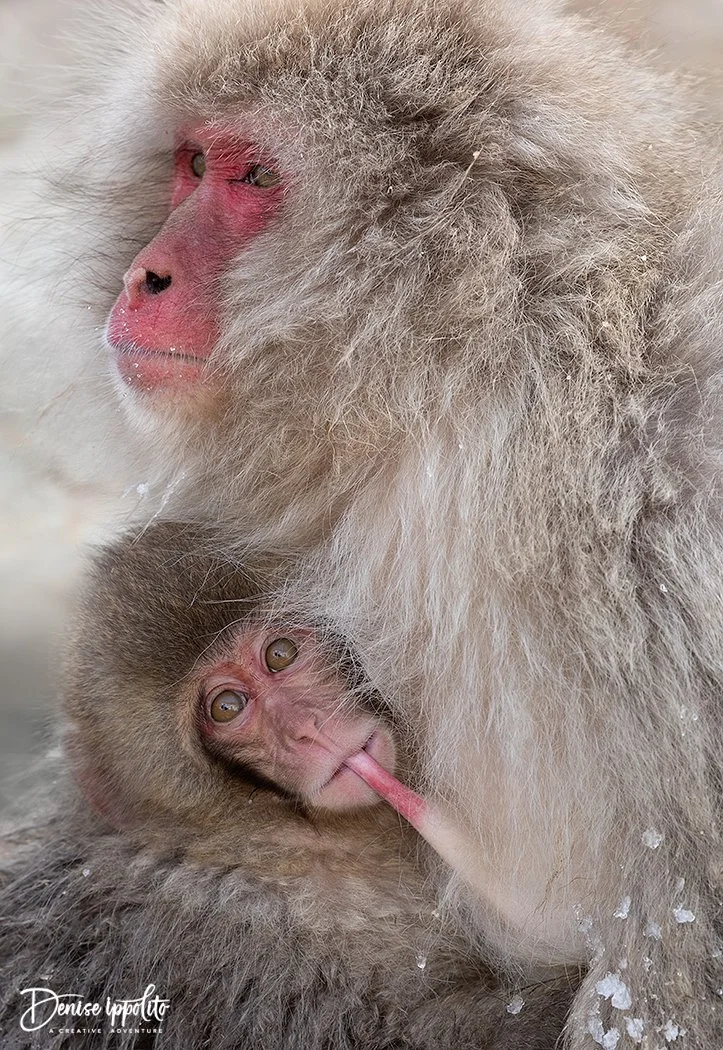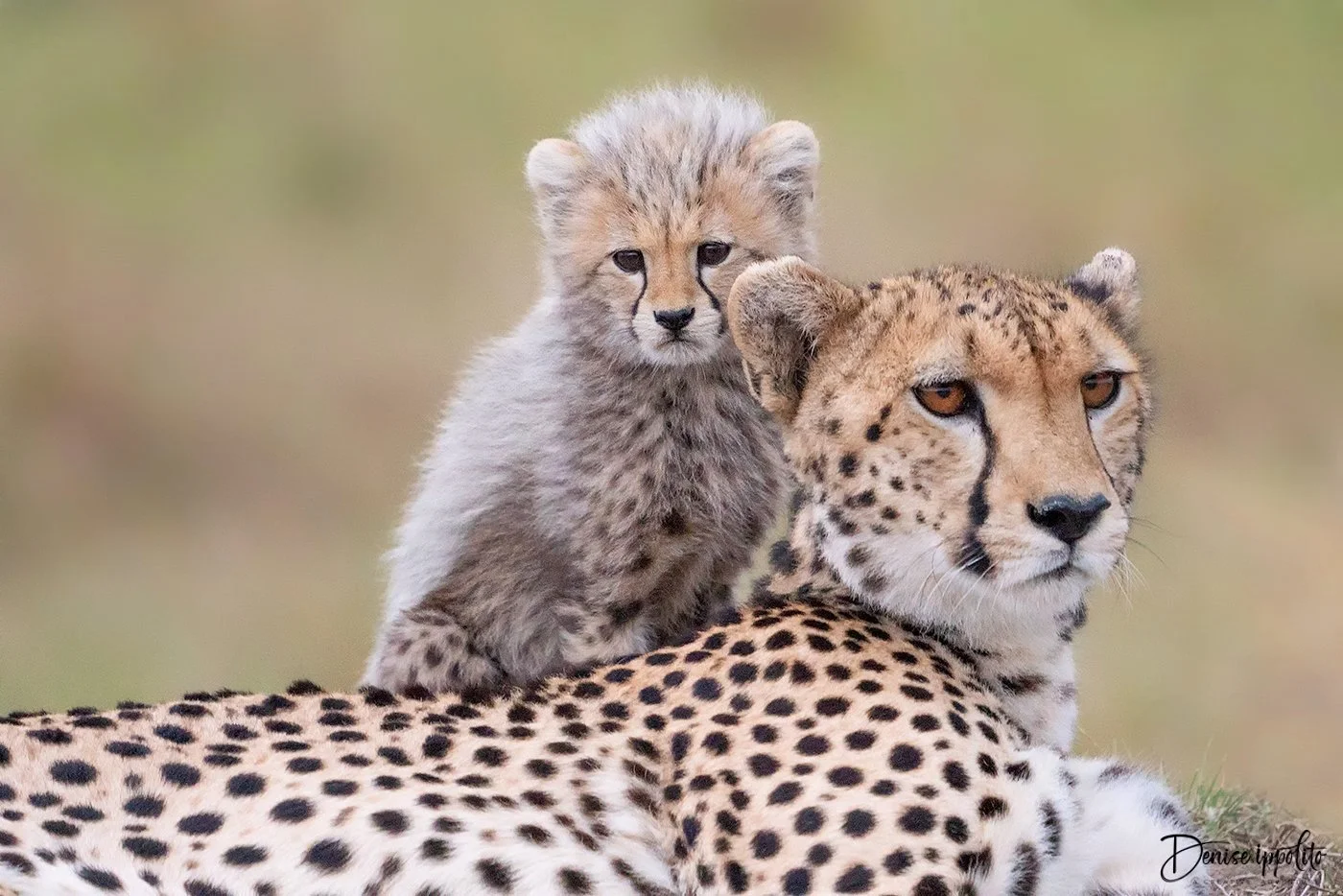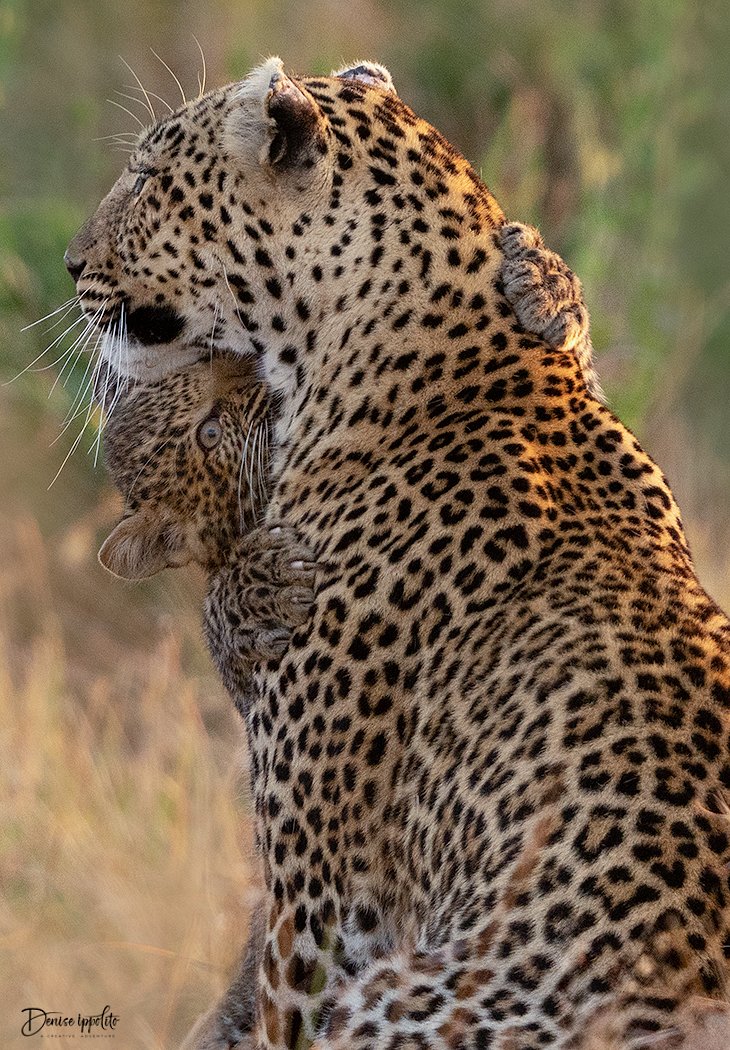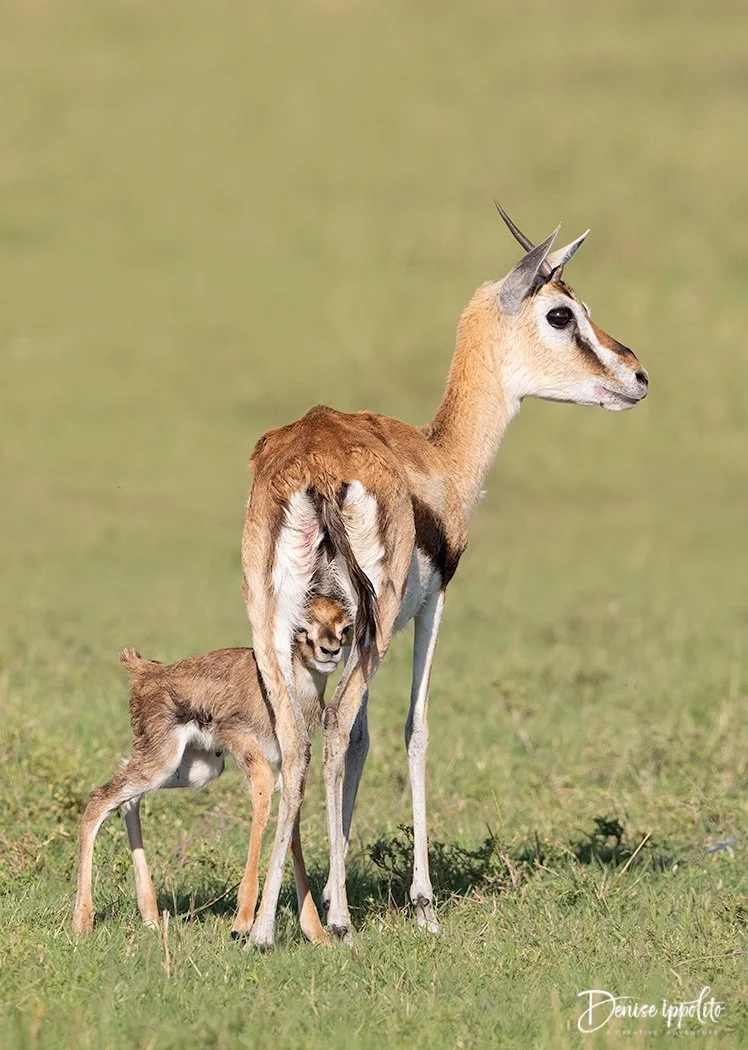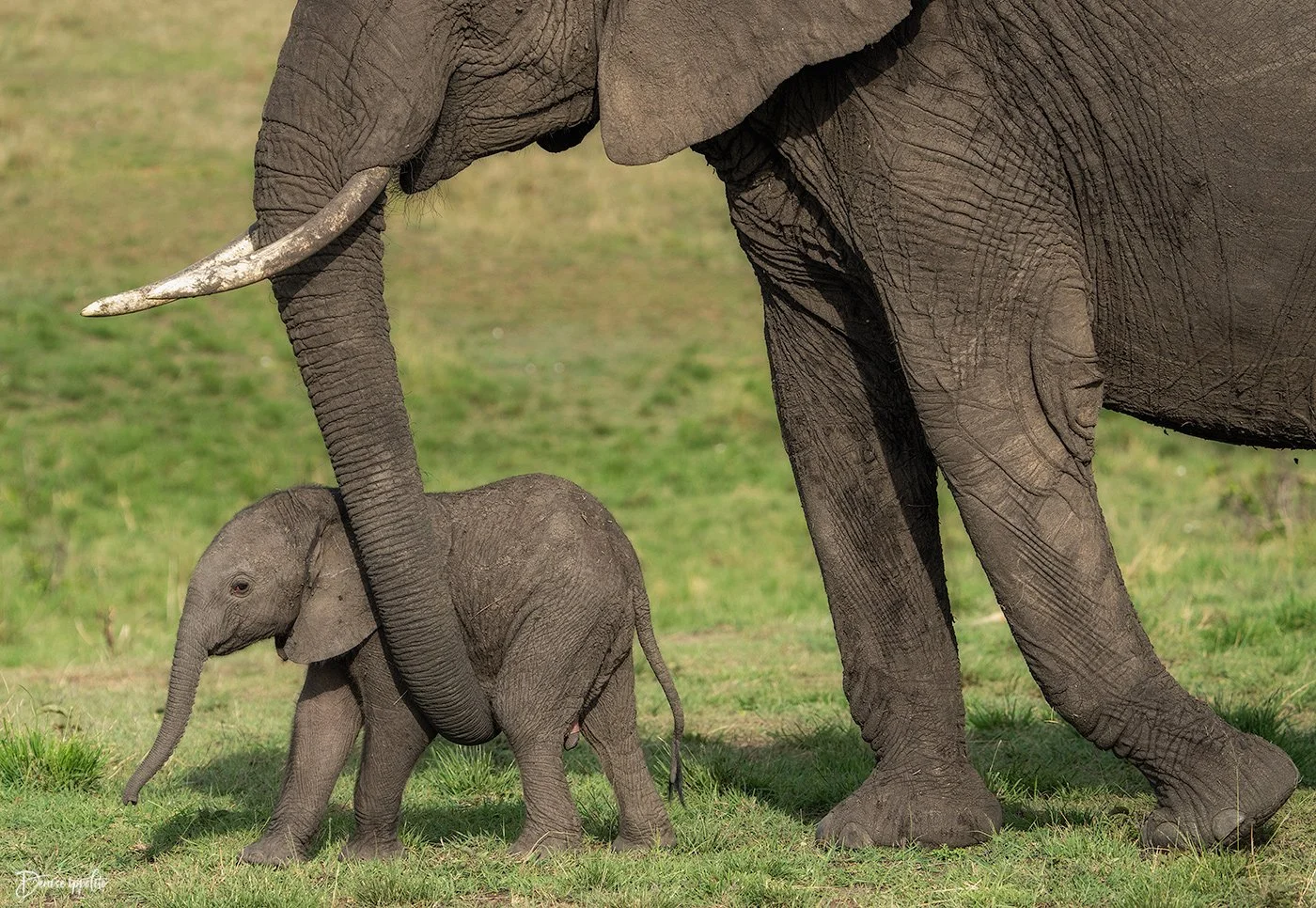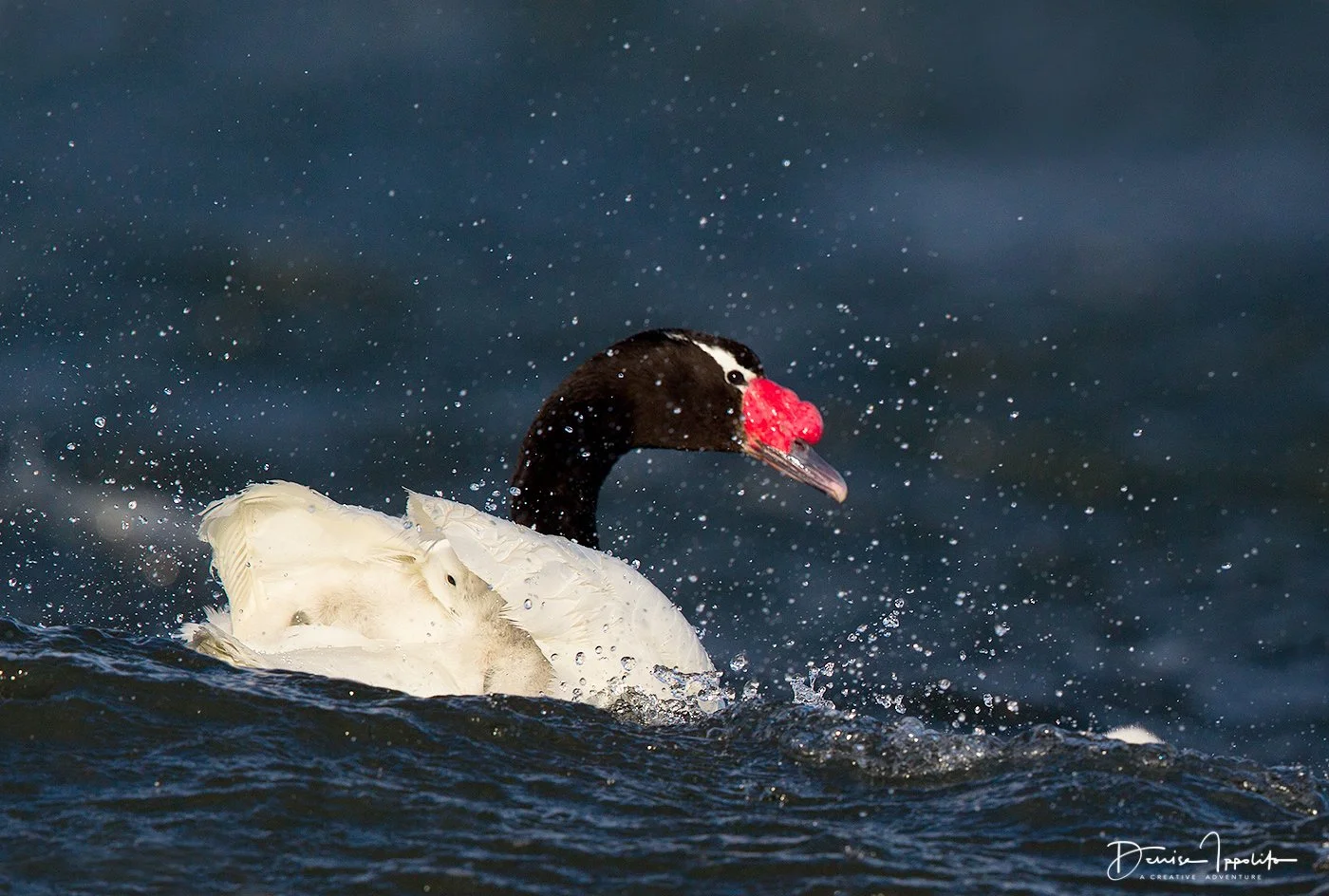Discover the world’s jaguar capital…
This journey takes you deep into the beating heart of Brazil’s Pantanal, the largest tropical wetland on Earth and one of the richest wildlife sanctuaries on the planet. Endless waterways, golden marshlands, and wide-open savannas create the perfect stage for unforgettable encounters: jaguars hunting along the riverbanks, giant otters slicing through the water, capybaras lounging in family groups at the water’s edge, and hyacinth macaws glowing cobalt blue against the sky. Tapirs, anteaters, caimans, and a symphony of birdlife move through the landscape exactly as they have for centuries.
This tour is designed for photographers who want the very best chances of capturing intimate, wild moments, especially of jaguars, while enjoying an immersive, comfortable experience right in the heart of their natural habitat. We have gotten special pricing for this tour and it is already half-way sold out, just through word of mouth.
*This tour will be led by Harold Klein and Donna Bourdon
Pantanal Wildlife Photo Tour Itinerary
Day 1: Arrival in Cuiabá – Poconé – Porto Jofre
We’ll meet either at the Cuiabá airport or at the hotel. From here, we begin a 100 km journey toward Poconé, the gateway to the Pantanal. Leaving Poconé, we turn off the paved road onto the iconic Transpantaneira highway, a rustic dirt road famous for its wildlife sightings.
As we drive across 122 wooden bridges, keep your eyes open for hawks, storks, capybaras, caimans, and more. Continuing 150 km down the Transpantaneira, we arrive in Porto Jofre and settle into our floating accommodation, a comfortable boat hotel anchored only 5 minutes from the Encontro das Águas State Park, home to the highest concentration of jaguars in the entire Pantanal. This is where our photographic immersion truly begins.
Day 2 – 5: Jaguar Expedition on the Water
Four full days of boat-based safari along the rivers of the Encontro das Águas region. This is the prime habitat for jaguars, and our full-day outings give us the best chances for memorable encounters – jaguars hunting caimans, resting on sandbanks, or patrolling the shoreline. We’ll also photograph giant otters, caimans, birds, and the extraordinary landscape of the Pantanal.
Day 6: Porto Jofre – Pousada Rio Claro
After breakfast we head south, retracing the Transpantaneira toward Poconé. We arrive at Pousada Rio Claro in time for lunch. In the afternoon, we enjoy our first game drive across the lodge’s vast private reserve, an incredible area for wildlife photography.
Day 7 – 8: Wildlife & Night Safari at Rio Claro
We spend the entire two days exploring the rich flora and fauna around Pousada Rio Claro. After lunch, our open-truck safari takes us through fields and private forest roads searching for birds, as well as jaguars, giant anteaters, South American coatis, tapirs, armadillos, crab-eating foxes, and many other mammals.
After dinner, we head out again for a night safari, where spotlights reveal a completely different world – nocturnal birds like potoos, nightjars, and owls with haunting red eyes and unique calls. We may also encounter ocelots, foxes, and possibly even jaguars moving under the cover of darkness.
Day 9: Departure
After breakfast, we transfer back to Cuiabá airport for your flight home.
DETAILS:
Dates: July 23 - 31 , 2026
Price: $6800
Single supplement $800
This trip has been arranged for 10 participants.
Included
Airport Transfer
Accommodation
All meals
Activities as described
2 Photo guides
Experienced English-speaking guide
Water during the day
Not Included
International flights
Travel insurance, visa
Beverages (soda & alcohol) and snacks
Activities other than described in this itinerary
Deposit Information:
A non-refundable deposit of $2,000 due at sign up. Final payments are due February 30, 2026.via check or wire transfer only, fees on both ends are the responsibility of the participant. Credit cards will not be accepted for any payment other than deposit. Full payments are always welcomed via check or wire transfer . All checks made payable to: Denise Ippolito LLC. Please note that I will do my very best to secure you a room mate; if I am unable to secure you a room mate then you will be charged for a single supplement.
Please be sure to check your calendar carefully and to check out my Workshop Policy Page.
Note: Purchasing travel insurance is strongly recommended.
SIGN UP HERE.




